May 1, 2022
Martha O'Kennon
So we went from the 80's F in the beginnig of the week back down to freezing in the midweek and now we're fairly sure that things are starting to moderate! (Don't believe everything you hear!)
Our beautiful crocus are long gone now, but the Graph Hyacinth are blooming thickly. The Japonica are almost into full flower. NOTE to Debby or Don, or anyone who is passing by: The Japonica flowers are almost Orangey-Red. The only time I ever saw an Oriole in this yard was years ago. Helen Branch was letting me out of her car and called to me just in time to see one or two of the orange darlings! See, Helen, I remember back that far anyway!. So Debby or Ron, shout me out about any that you see. These bushes are invisible from anywhere in the house. Third, the Purple Hellebore is amazingly beautiful this Spring.
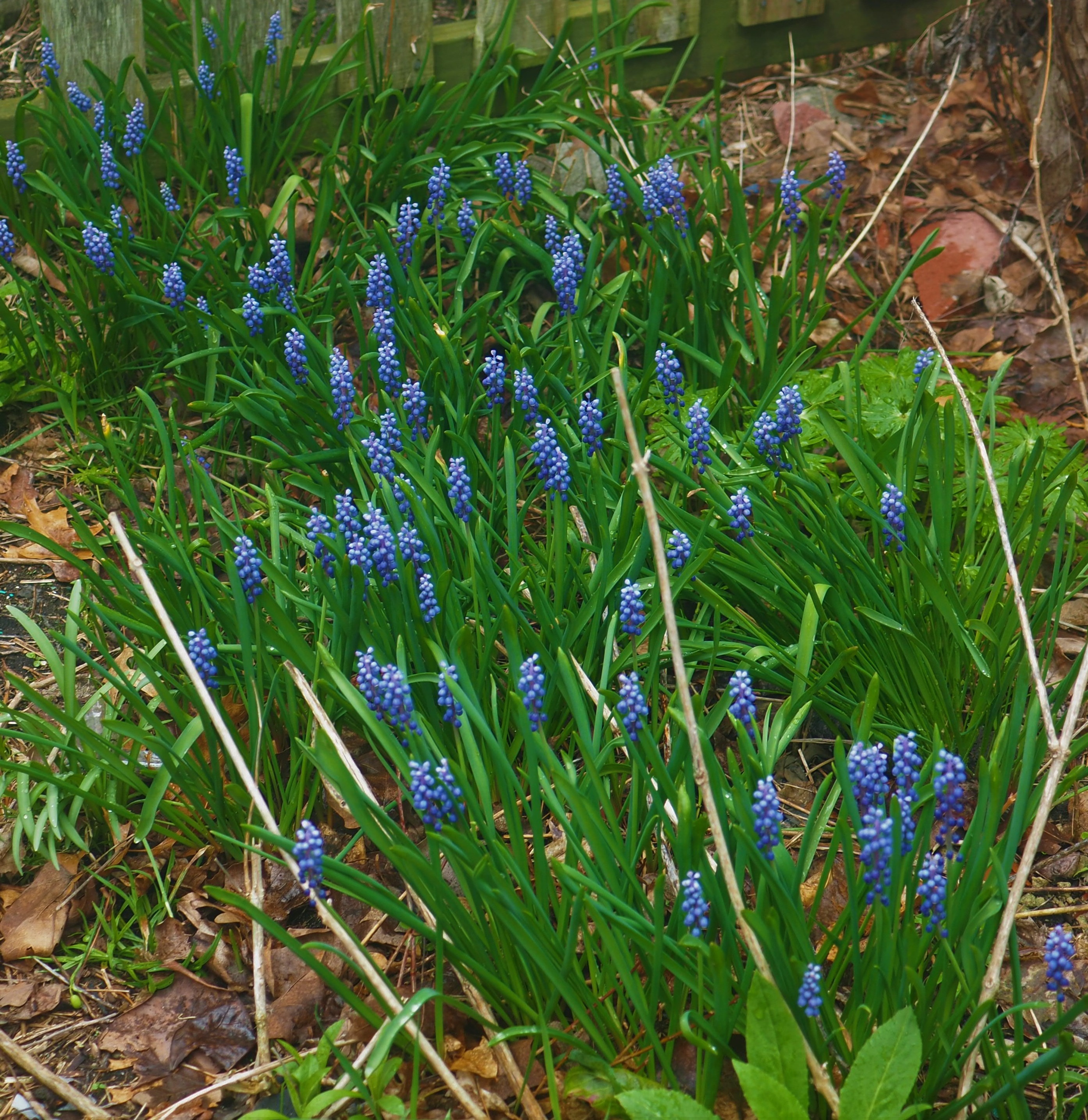
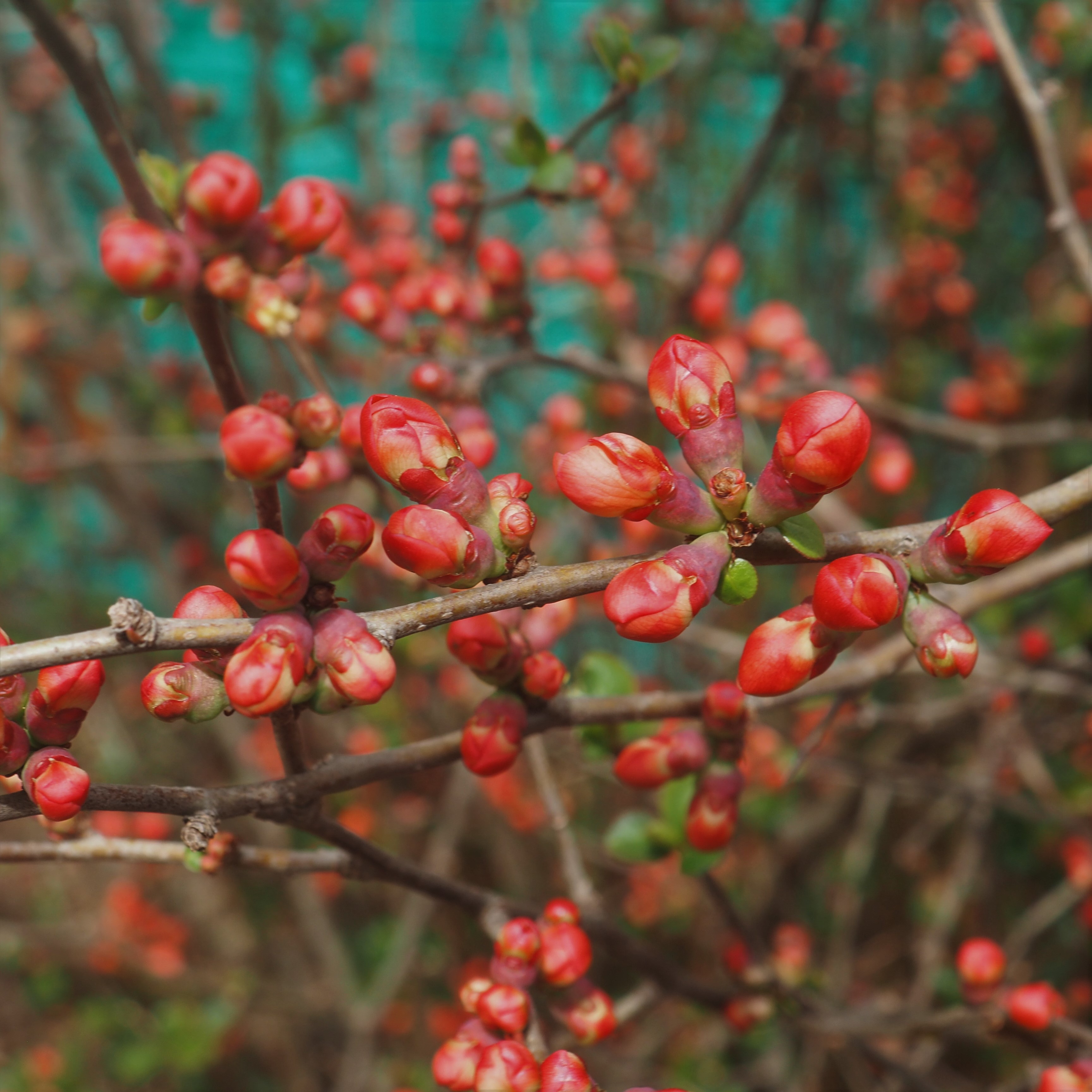
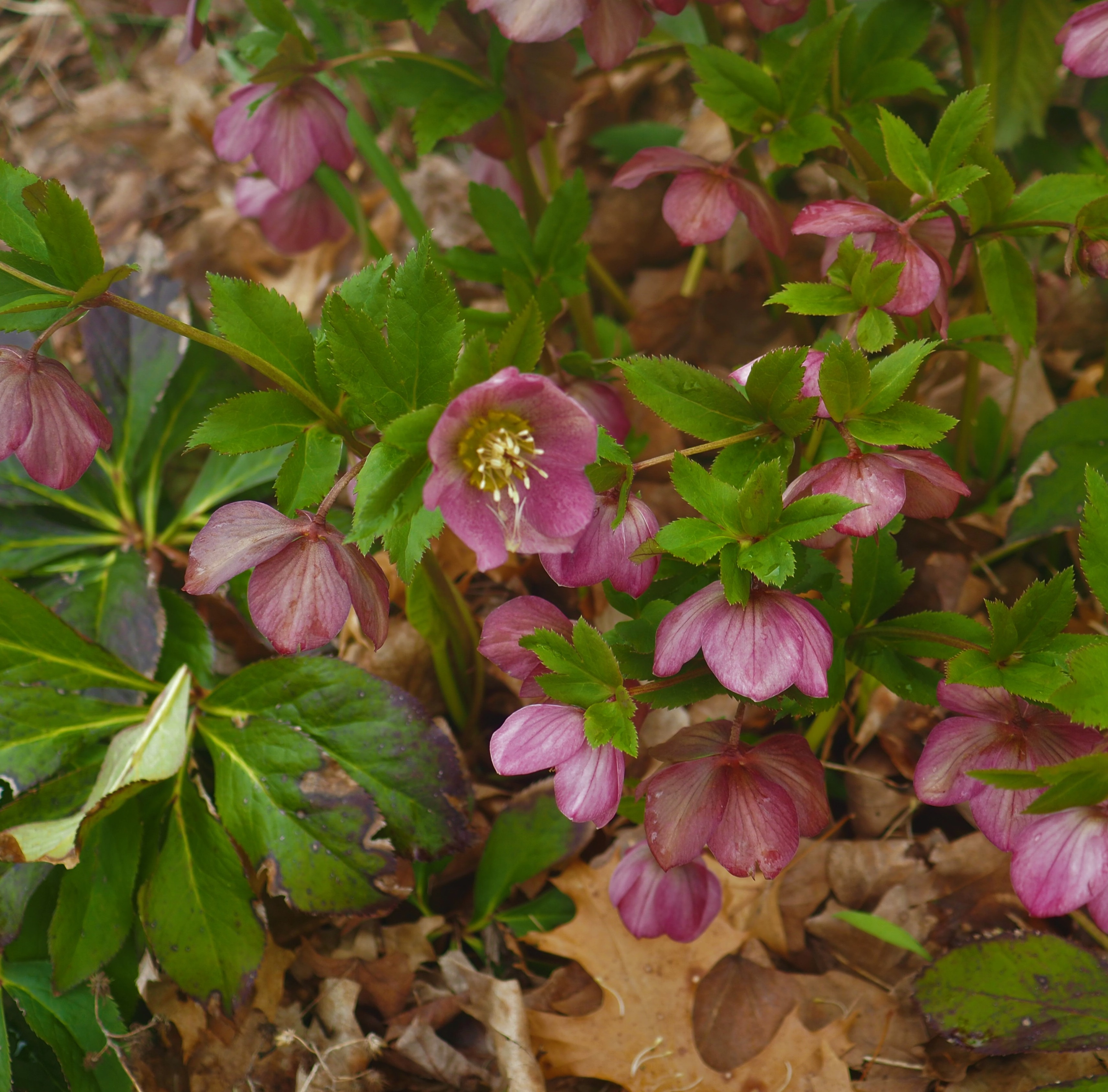
As they were last week, the Ants have been rather hard to find. But this past week was rather special. I showed you last week the Winter Ant Queen that was sitting on the South Wall waiting to lose her wings and drop underground to lay her eggs there. I had recalled that this Swarming was exactly the same date (April 23) as last year's. But I was wrong. It was exactly one month LATER this year. This both cheers me but casts some doubt about the table I'd been making with the dates for the past four or five years . For the past several years, that date had been a few days to a week EARLIER than the previous year's.
Ants and Global Warming 2021
Our Queen looks different in different lights. But she is our Winter Ant Queen anyway.
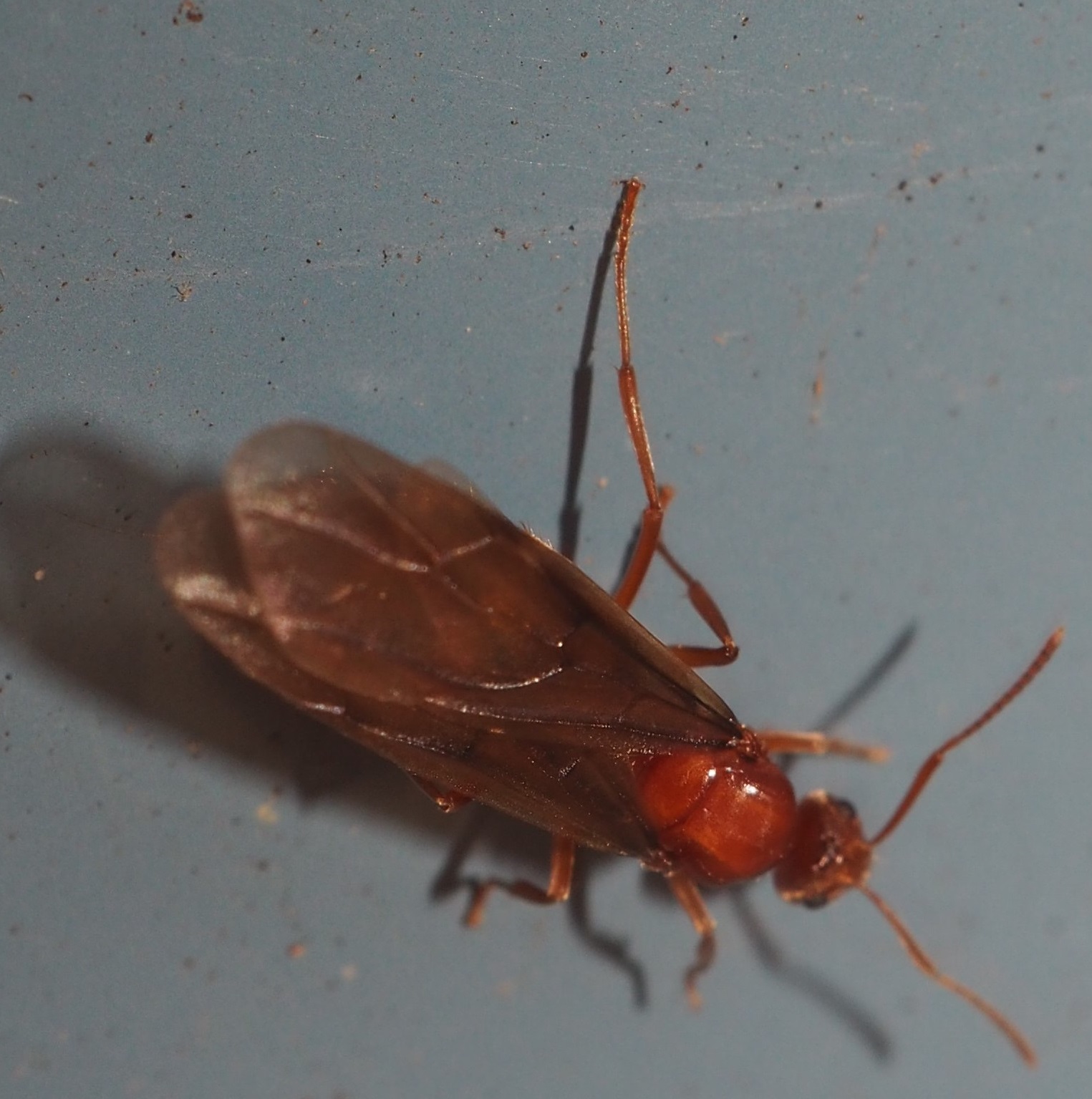
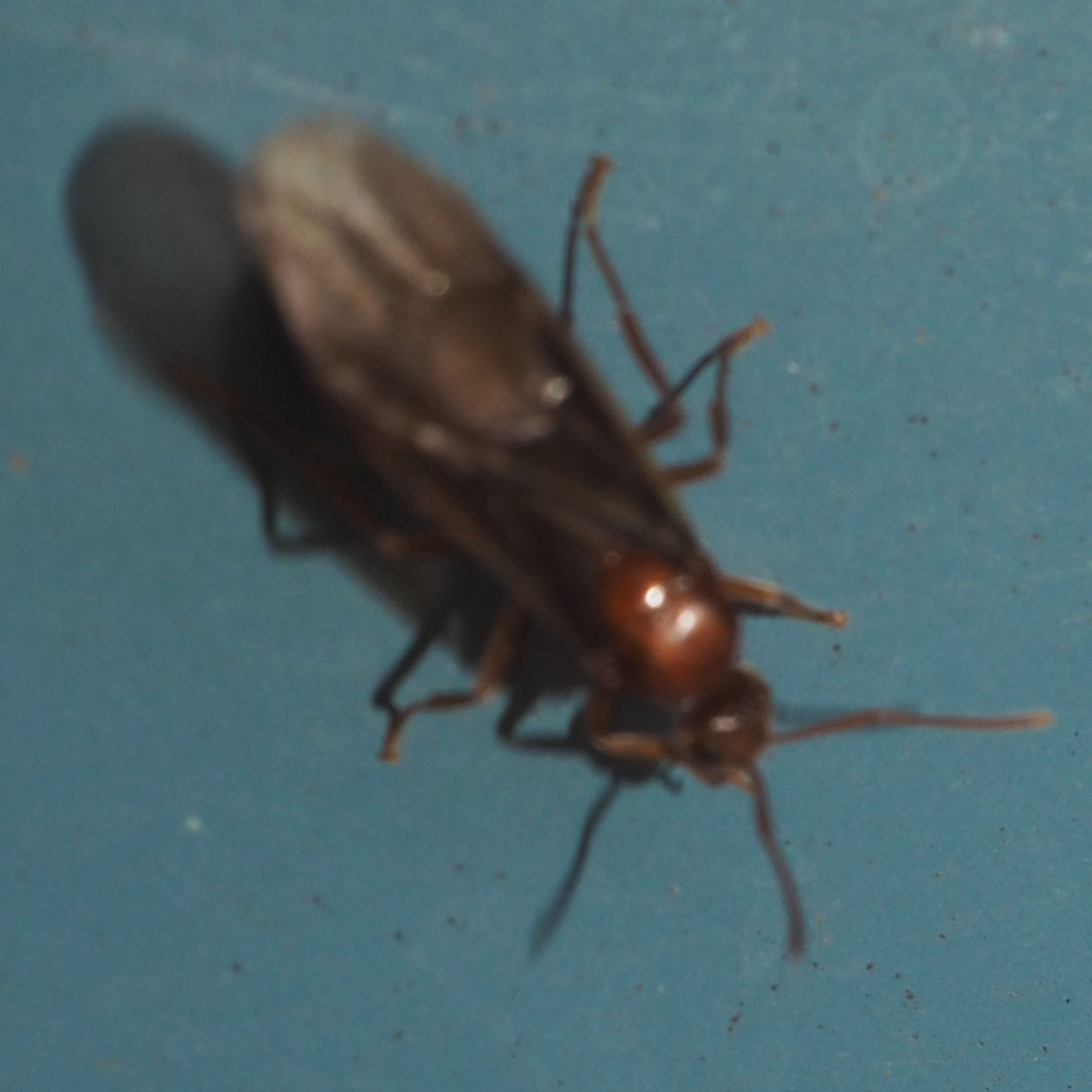
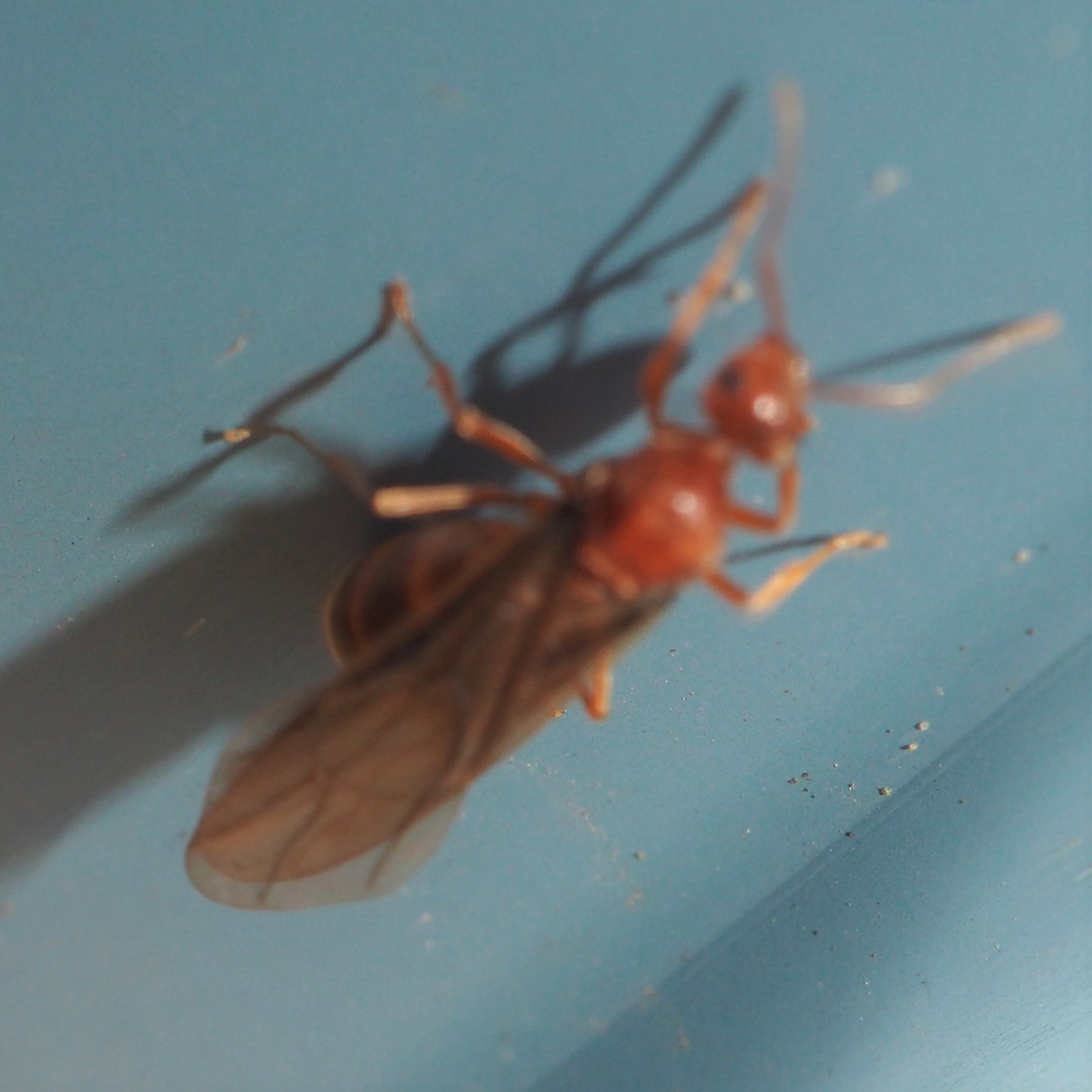
I sent out the blog showing the above pictures on Sunday evening, but on Monday morning, these creatures, which I assumed were Queens of another species, appeared on the Deck siding. The first two pictures show MALES. The third shows our usual Worker Winter Ant for comparison. Emmett Collins-Sussman explained this false resemblance of a Winged Male to a Queen. A newer colleague @Arman_ has now admitted to being one of the people who give Names to critters. In this case, the "winter" of "winter ant), which I find being quite the scam since WE HERE hardly ever see them till closer to Spring. But back to the ants, you have now seen the Complete Winter Ant brood: the Queen (a fertile female), the males, and what we usually see around here - the Worker (an infertile female).
Welcome to the Ant Wedding party.
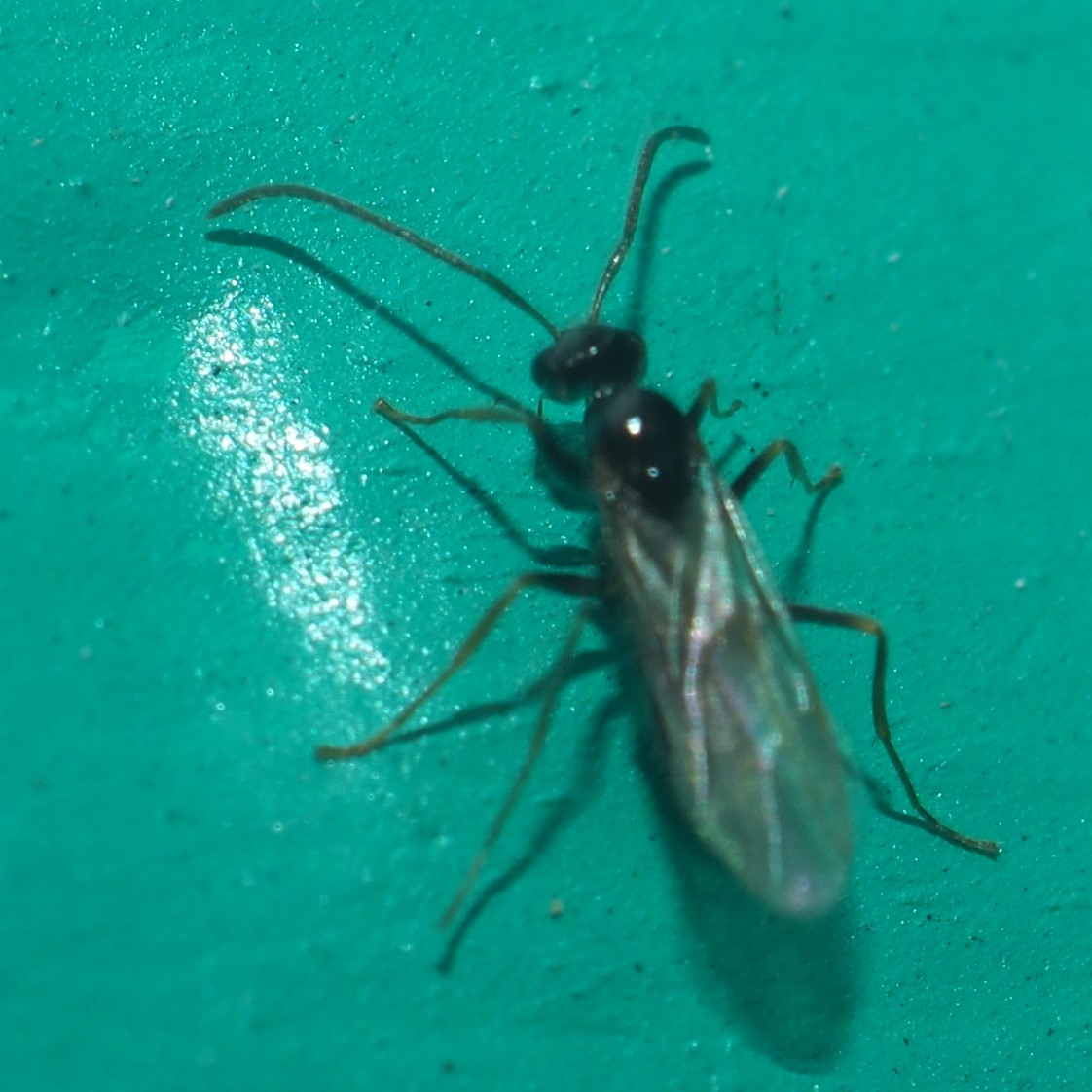
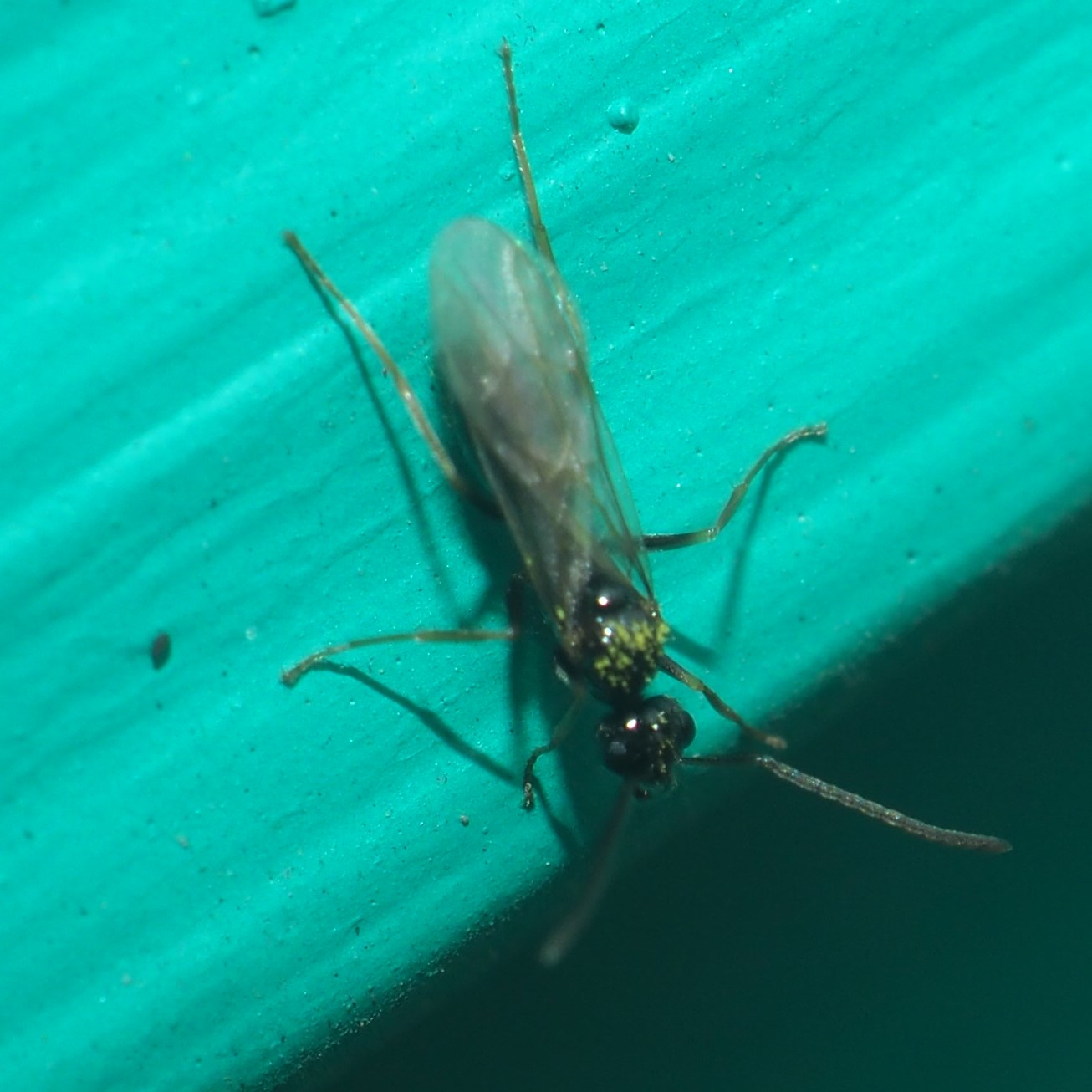
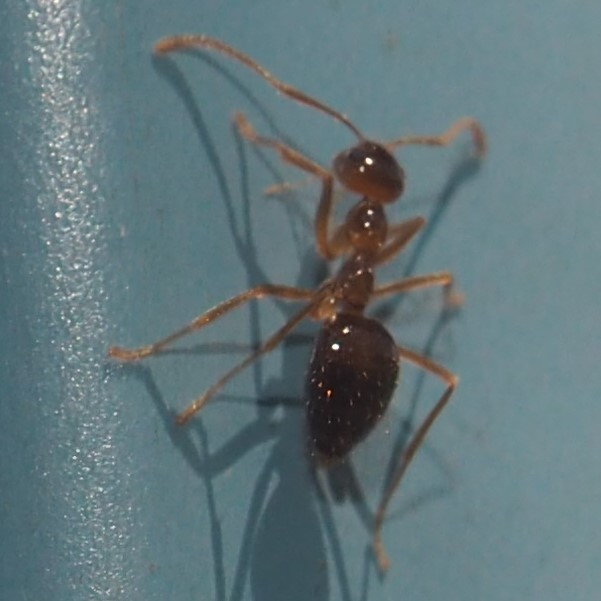
There were a few other Ants on the Wall: a Nearctic Carpenter Ant; an Eastern Black Carpenter Ant (you can spot this one by the golden hairs on its gaster (last segment); and one of the Acorn Ants (remember the heart-shaped gaster).
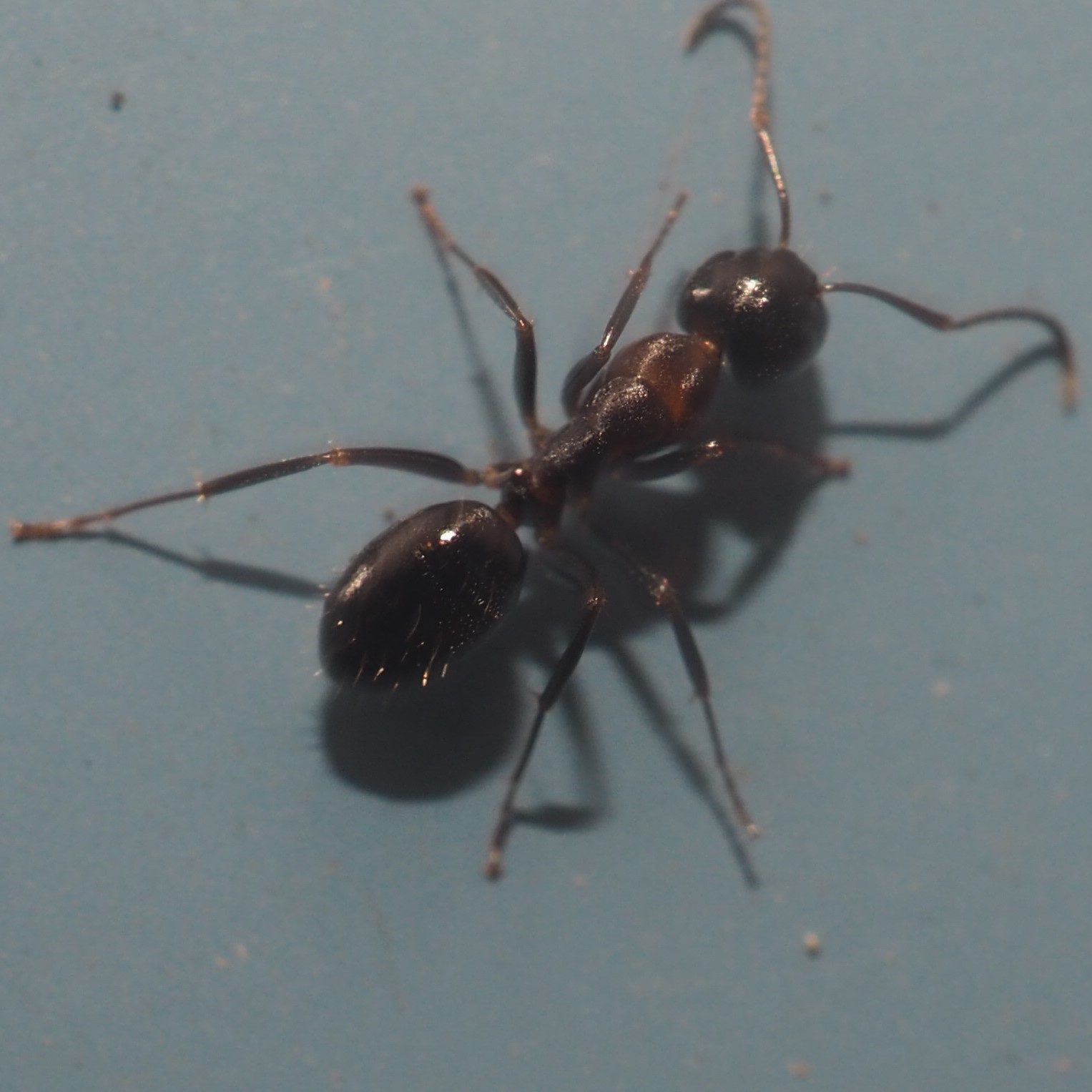
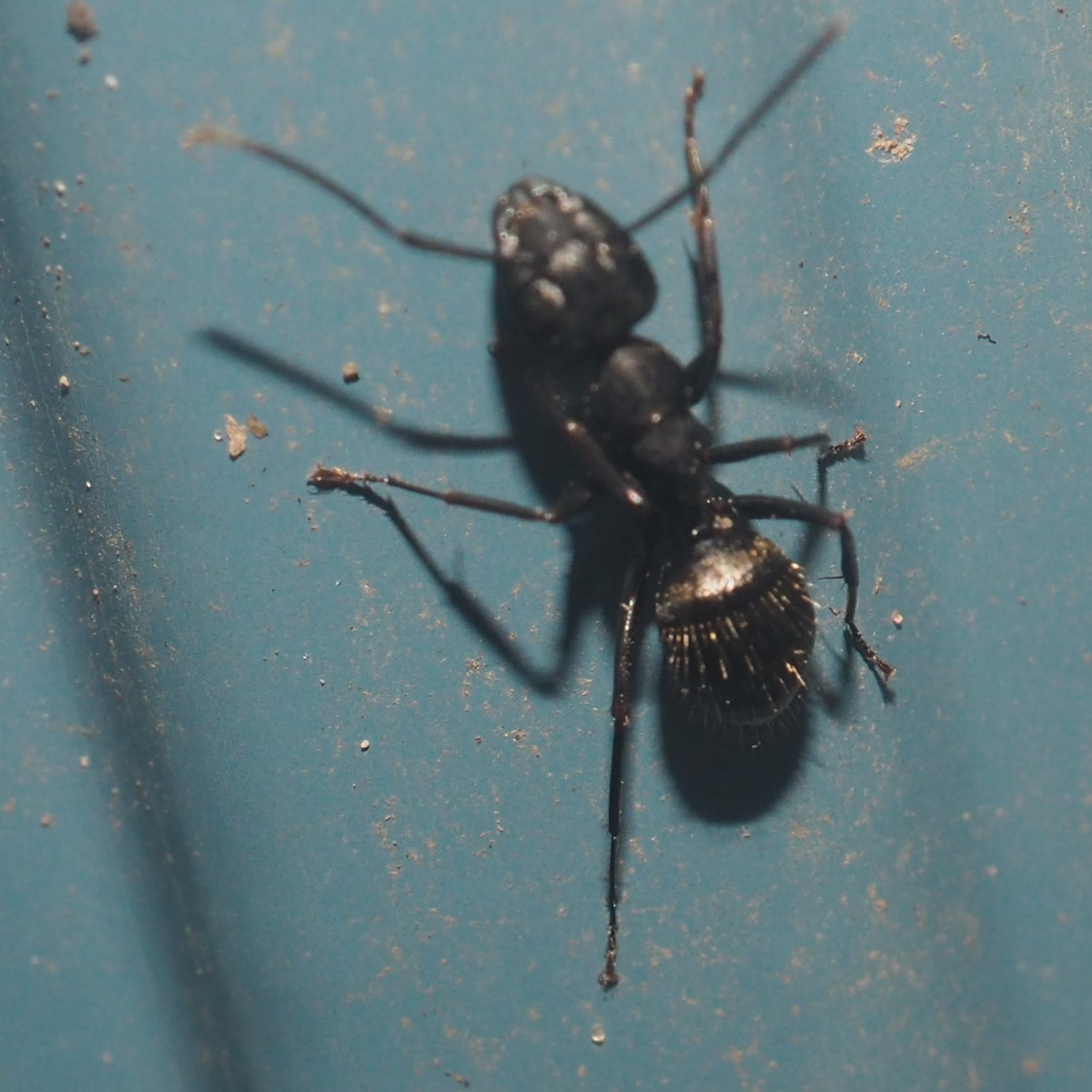
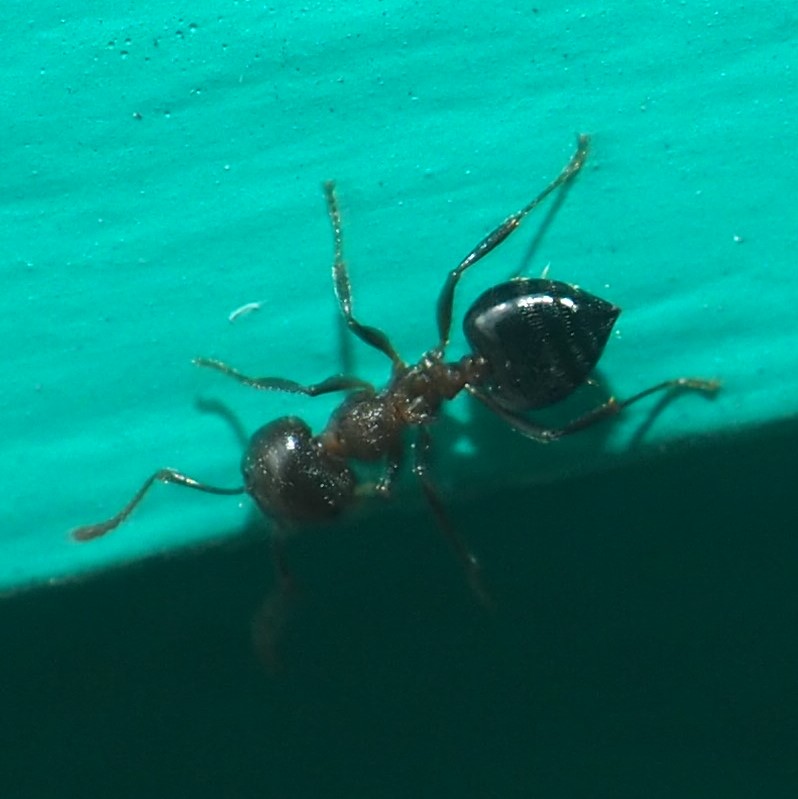
Oh! On Friday, April 29, we saw this winged Black Ant on the South Wall. Emmett Collins-Sussman and Arman both agreed it is the Queen of the Nearctic Carpenter Ant (picture 1 in the paragraph above).



Here is some of the progress taking place in the many Barklouse egg masses. First, one at one of the loci d, where you can see the discrete eggs. Then, at another locus d, where the case has split open. And at locus f, where some hatching has already taken place.
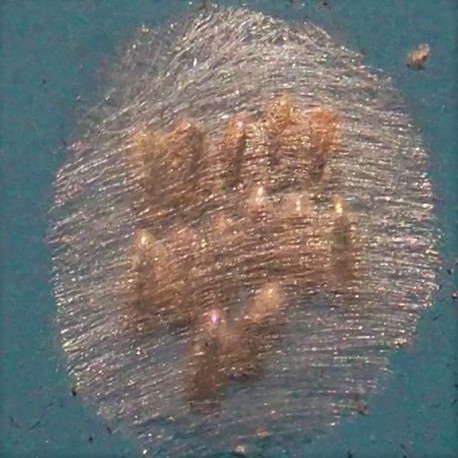

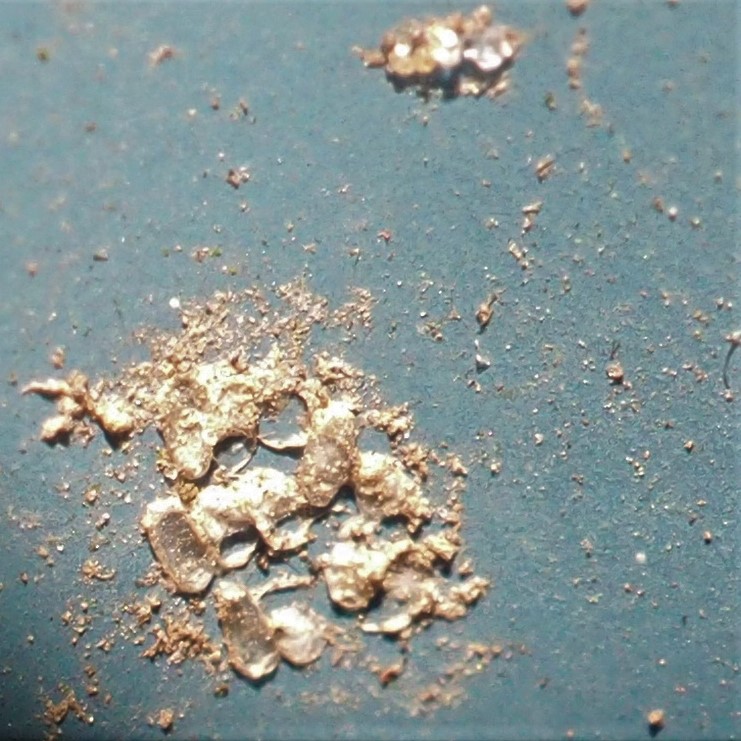
In locus h, it looks as if some action is going on. And locus r, which has always been a center of action, seems a bit less than before.
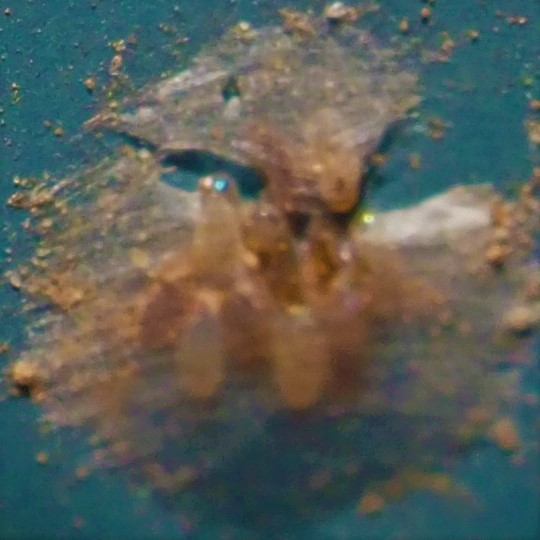
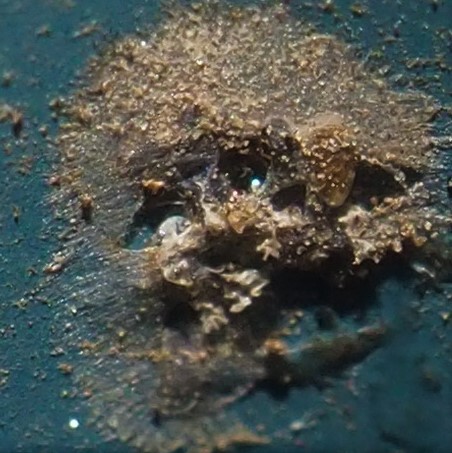
I did see one beetle. The first one is probably of genus Contacyphon. The second is a Bug,and probably Zelus tetracanthus. I have rarely if ever seen the immature form and color.
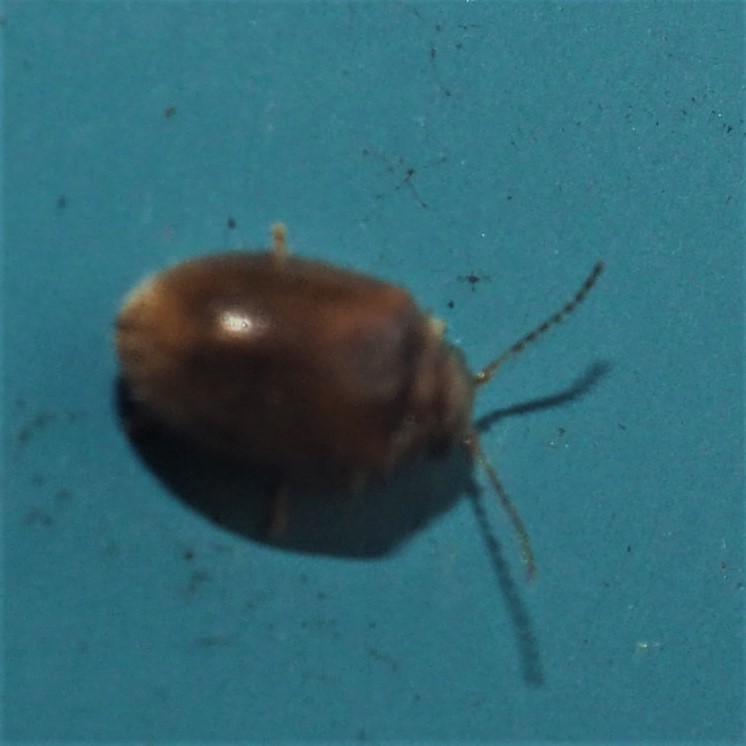
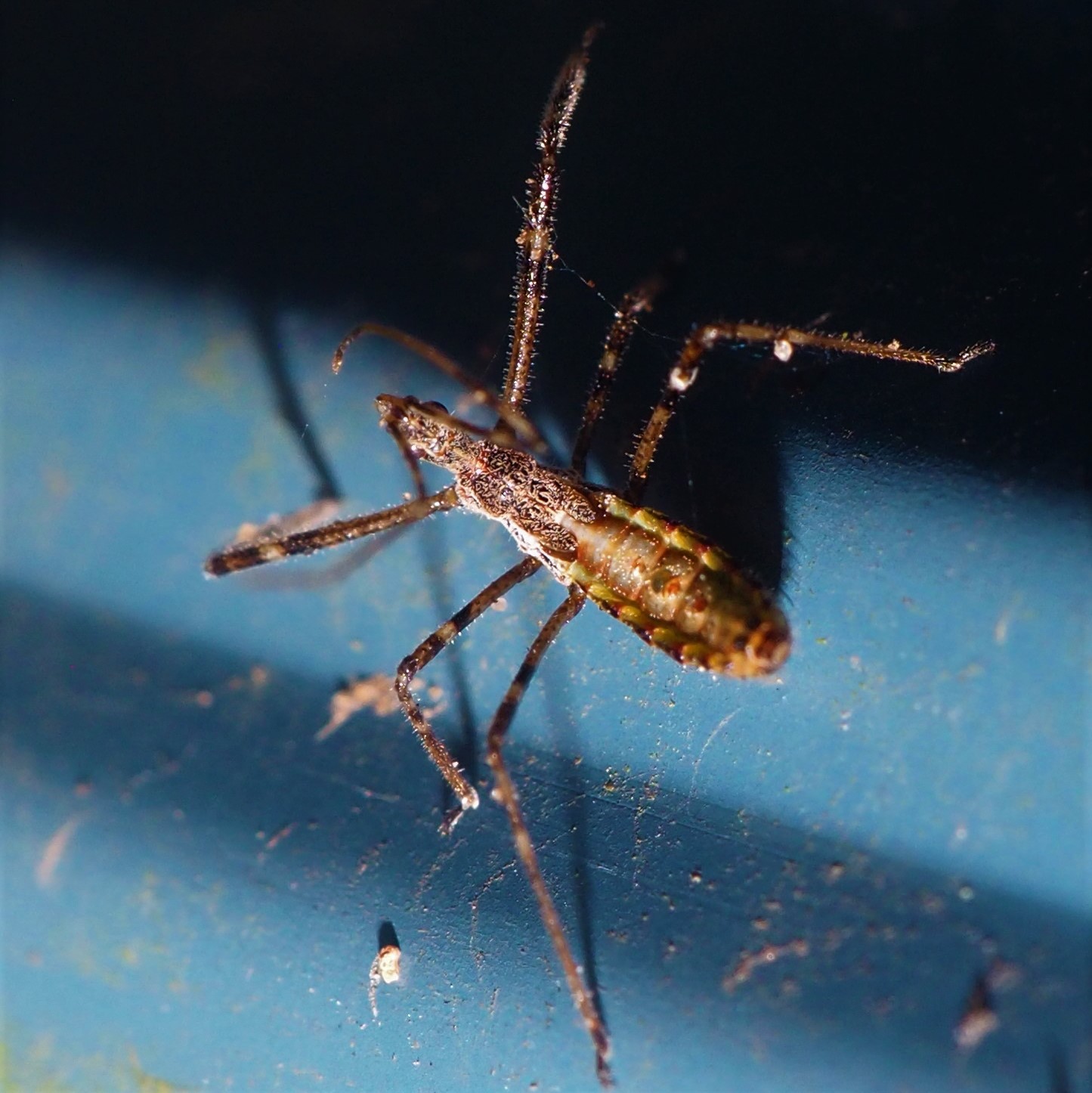
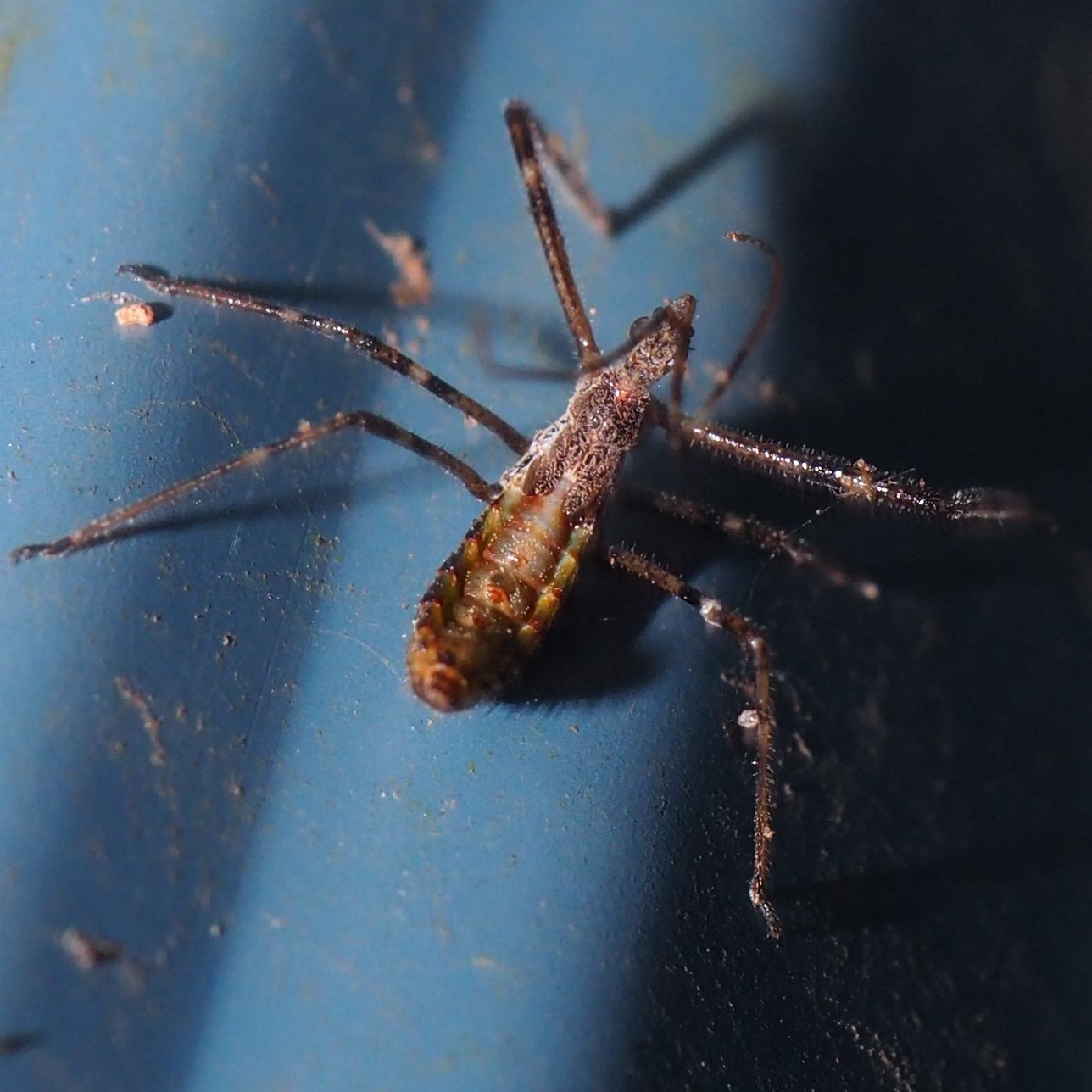
More bugs! First is the White-bordered Burrowing Bug. Then two different little leafhoppers, both in the genus Erythridula.
 <
<
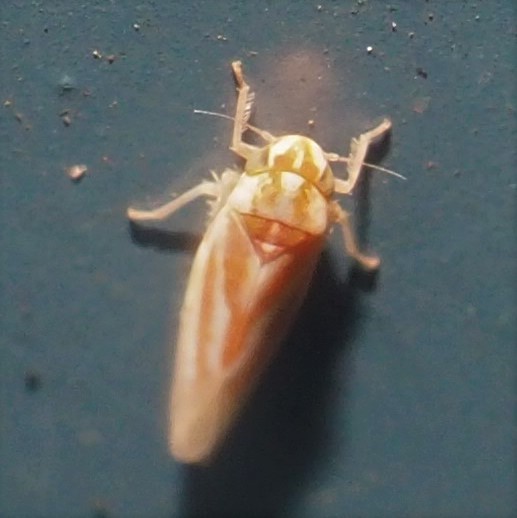
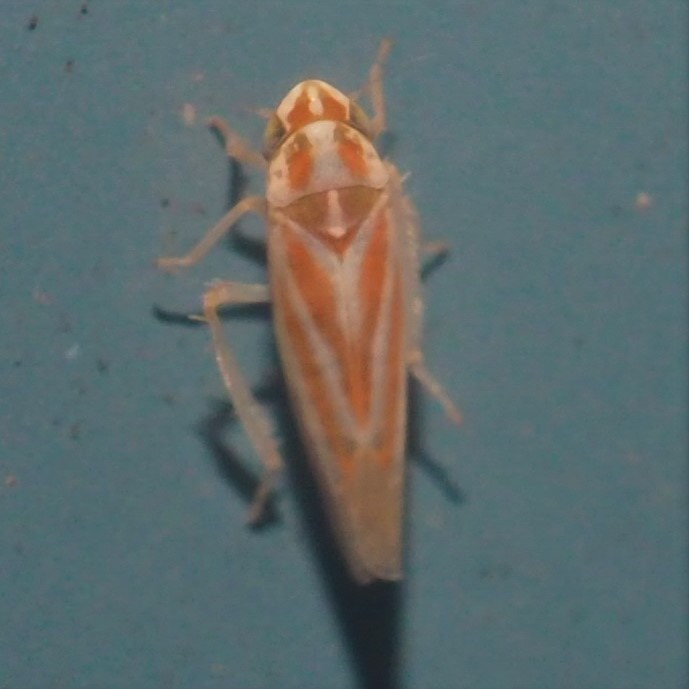
There were some very pretty Flies. First here is Anthomyia oculifera, a member of the family of Root-maggot Flies. And next an unidentified one.

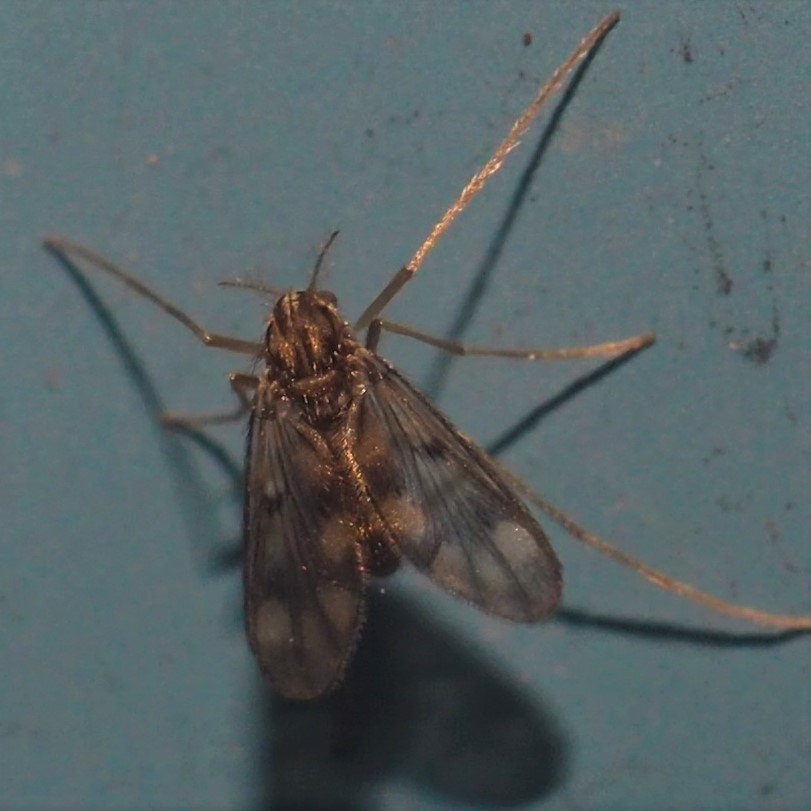
Enough Flies? Again, let me assume you have seen enough Midges and Fungus Gnats, so I can put up more of the truly scintillating things, like Mosquitos and Giant People-eaters. Remember, this is the beginning of the Mosquito season, so I will have to have lots of conversations with Liam Wolff before I have any real reason to believe that any of these identifications are correct. So here is a sure Mosquito. The ID app in iNat suggested a "Culicidine Mosquito". Third, here is a Psylloid, which I must look up in iNat. It is a singleton in this edition.
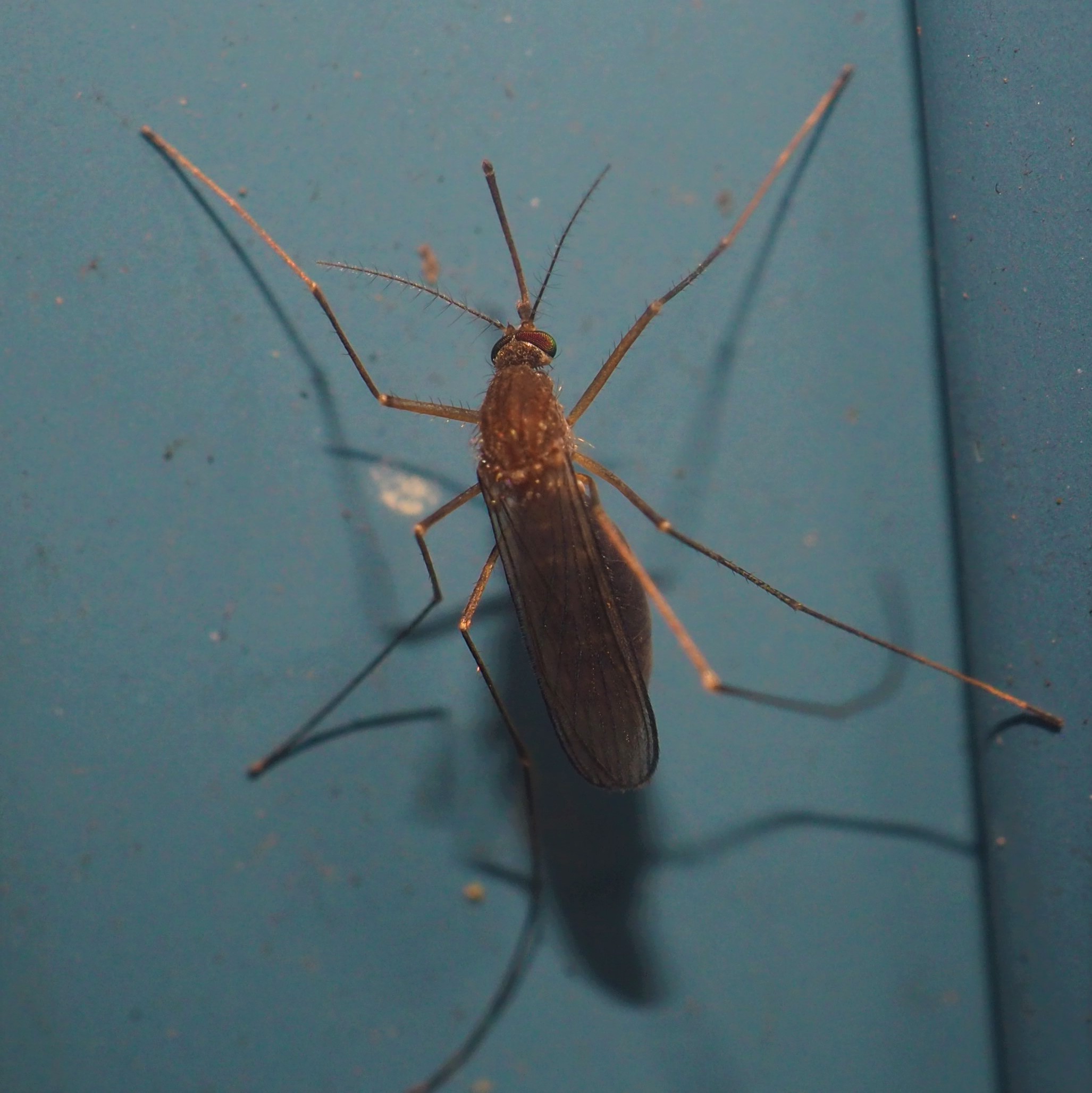
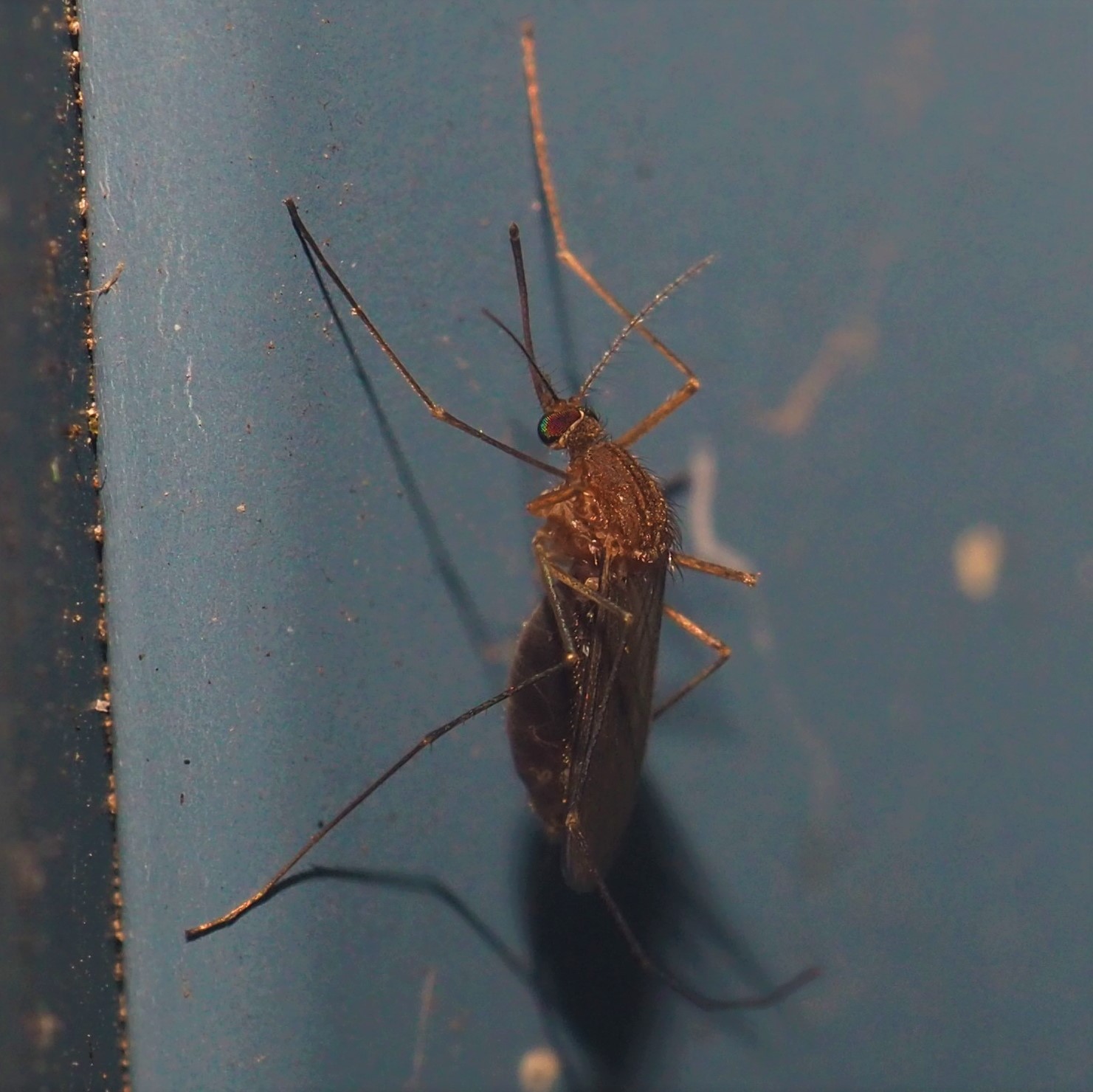
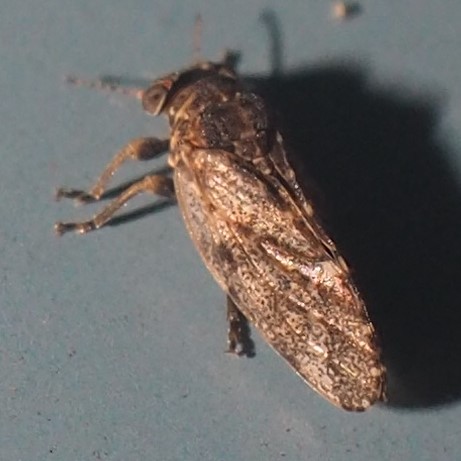
Personally, I would like to walk around through the flowers. I'd like to start with some of my next-door neighbors' flowers. Here is Debby Seely's Rhododendron before that deep-freeze evening. Next is her Weeping Cherry just budding up.


Another friend with an amazing garden is Jean DeVoe of Albion. To me, her garden, full of exotic trees and many hundreds of Daffodils compared to my two tiny ones, represents a lifetime of work and love.


Here is the Bunny in the Water Fountain!

Now for the highlights and lowlights of the flowers and other features of my own garden. Here is the small tulip patch in the back yard that I've been watching for the last few weeks. Next to it is the wild garden swatch.
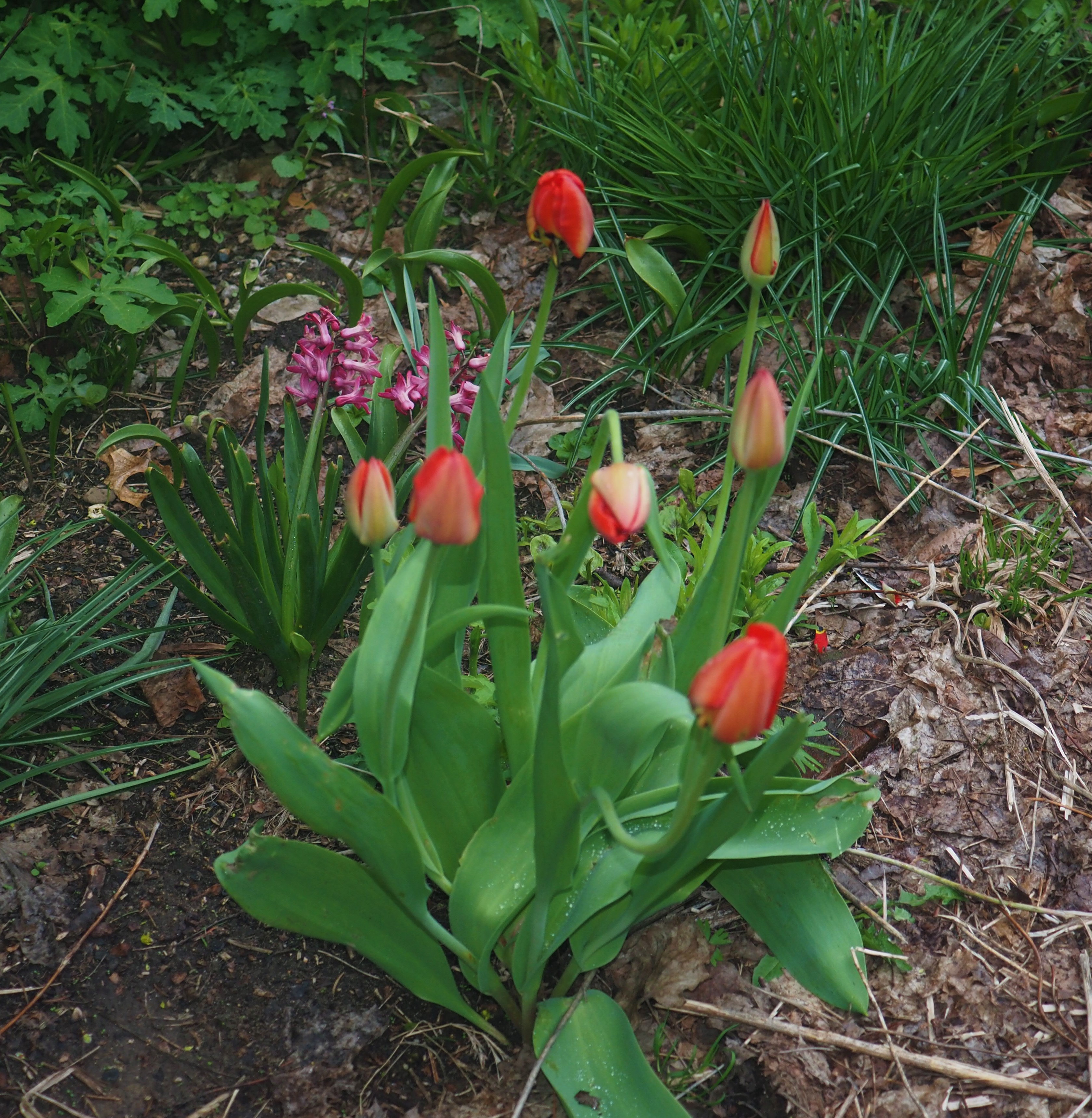
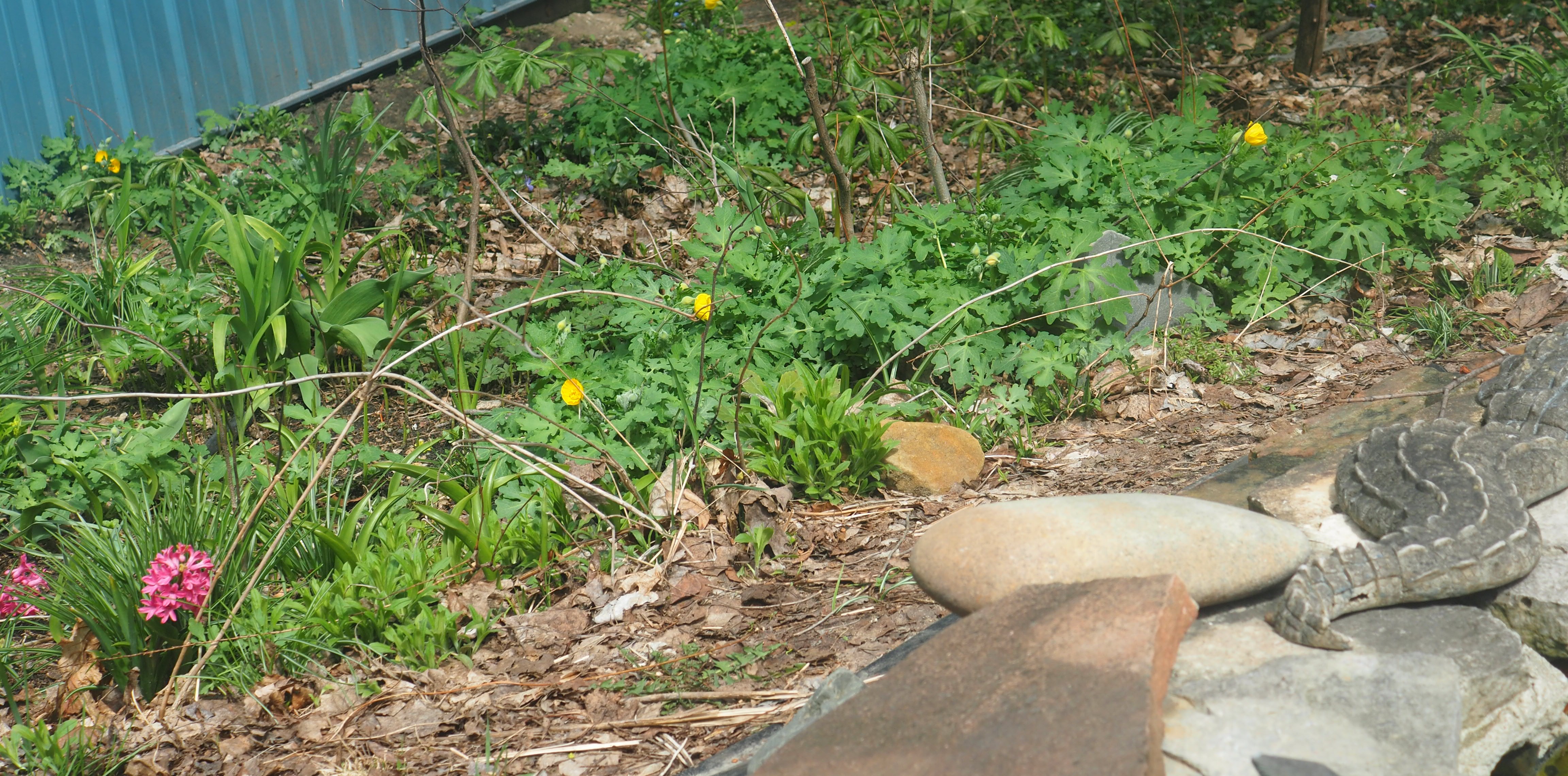
Here are the Grape Hyacinth mass clumps, and the wide-leafed variety in a much smaller group. The third picture shows the Pulmonaria with its gorgeous white-spotted leaves and its color-changing flowers.

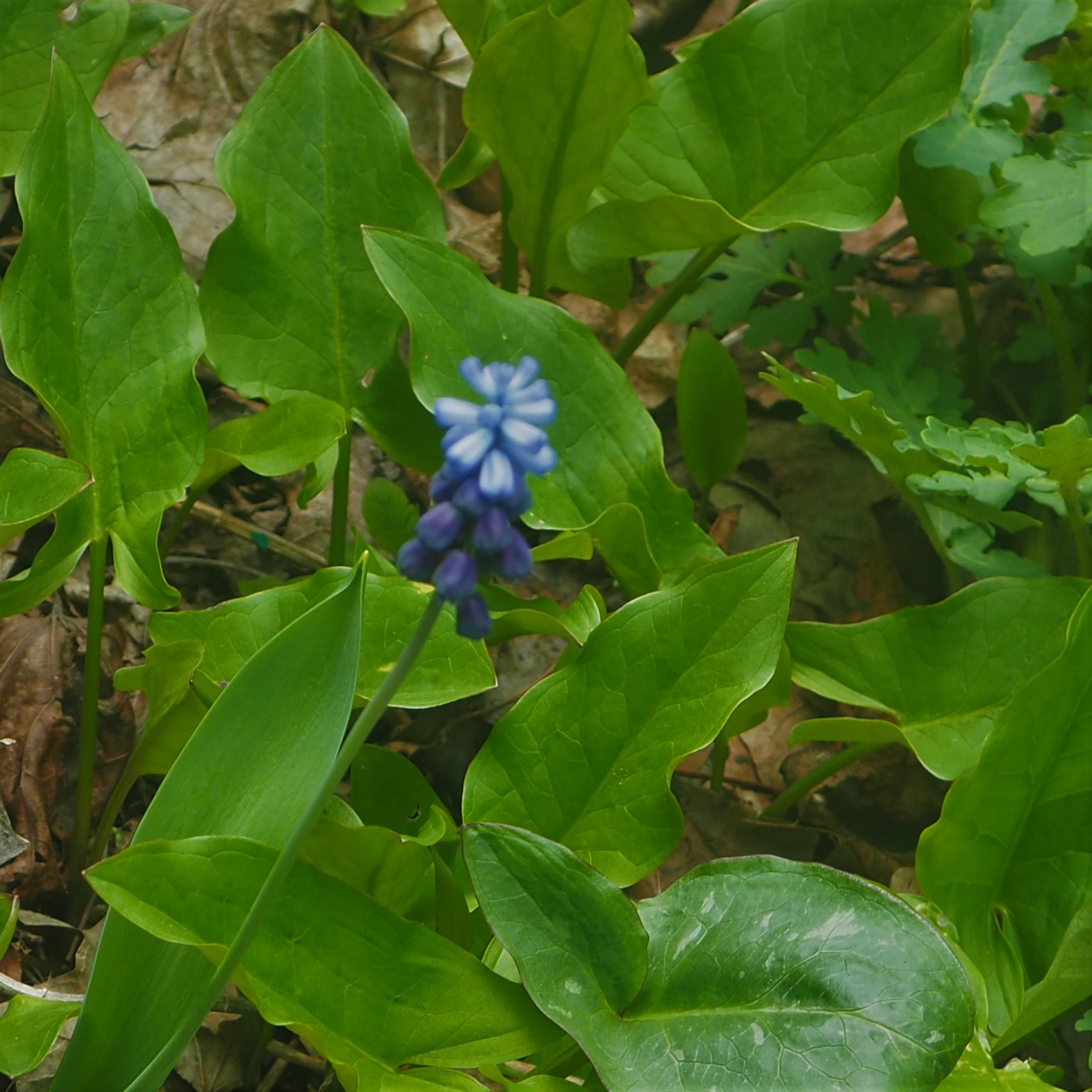
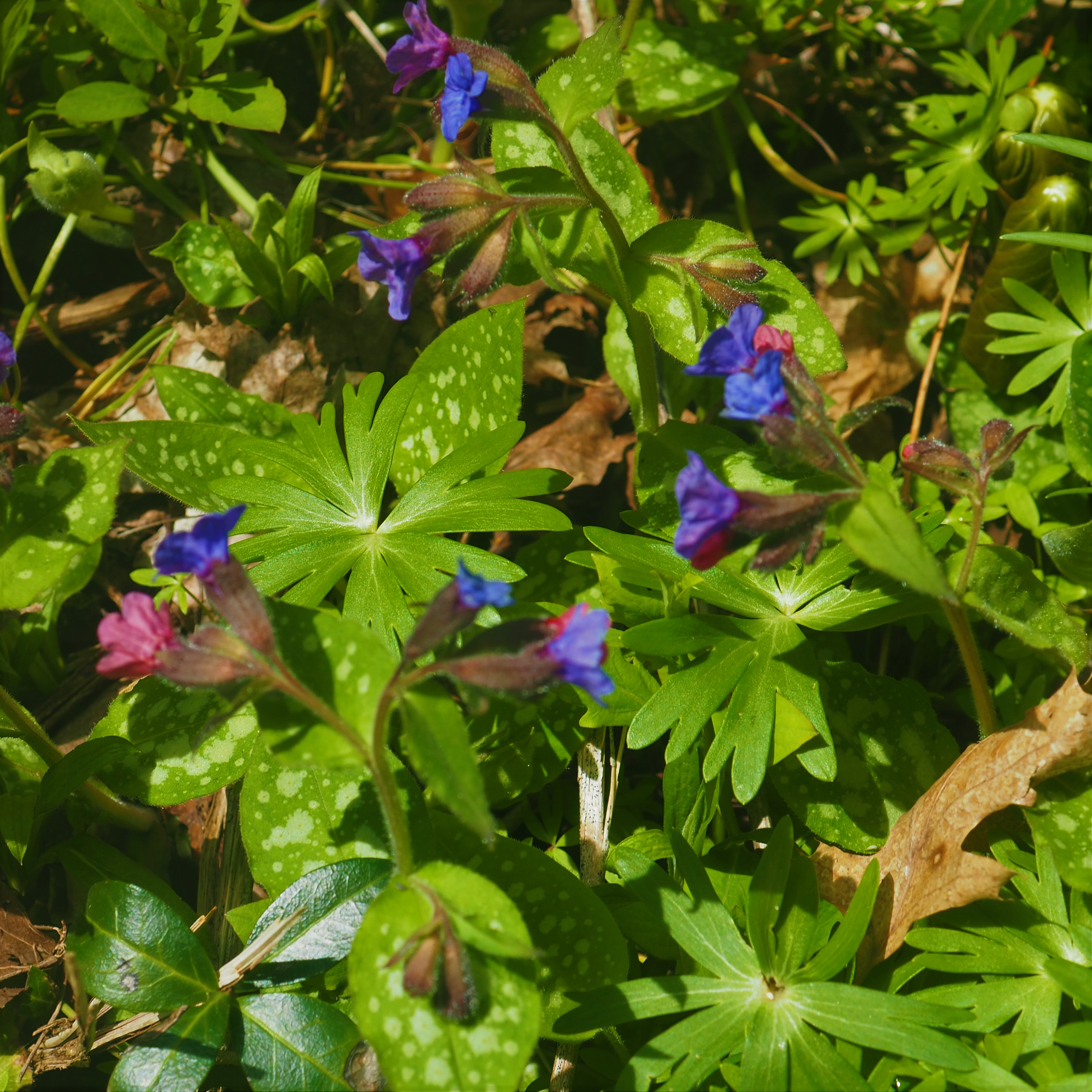
The Japonica or Japanese Quince's splash of pink-red buds continue to open. Please, if anyone happens to be passing by and sees a "Baltimore" Oriole, please call me so I can go see it too. Picture 2 shows the Redbud's Red Buds, and picture 3 shows the lovely Hellebore with some of its flowers reaching out to the front.
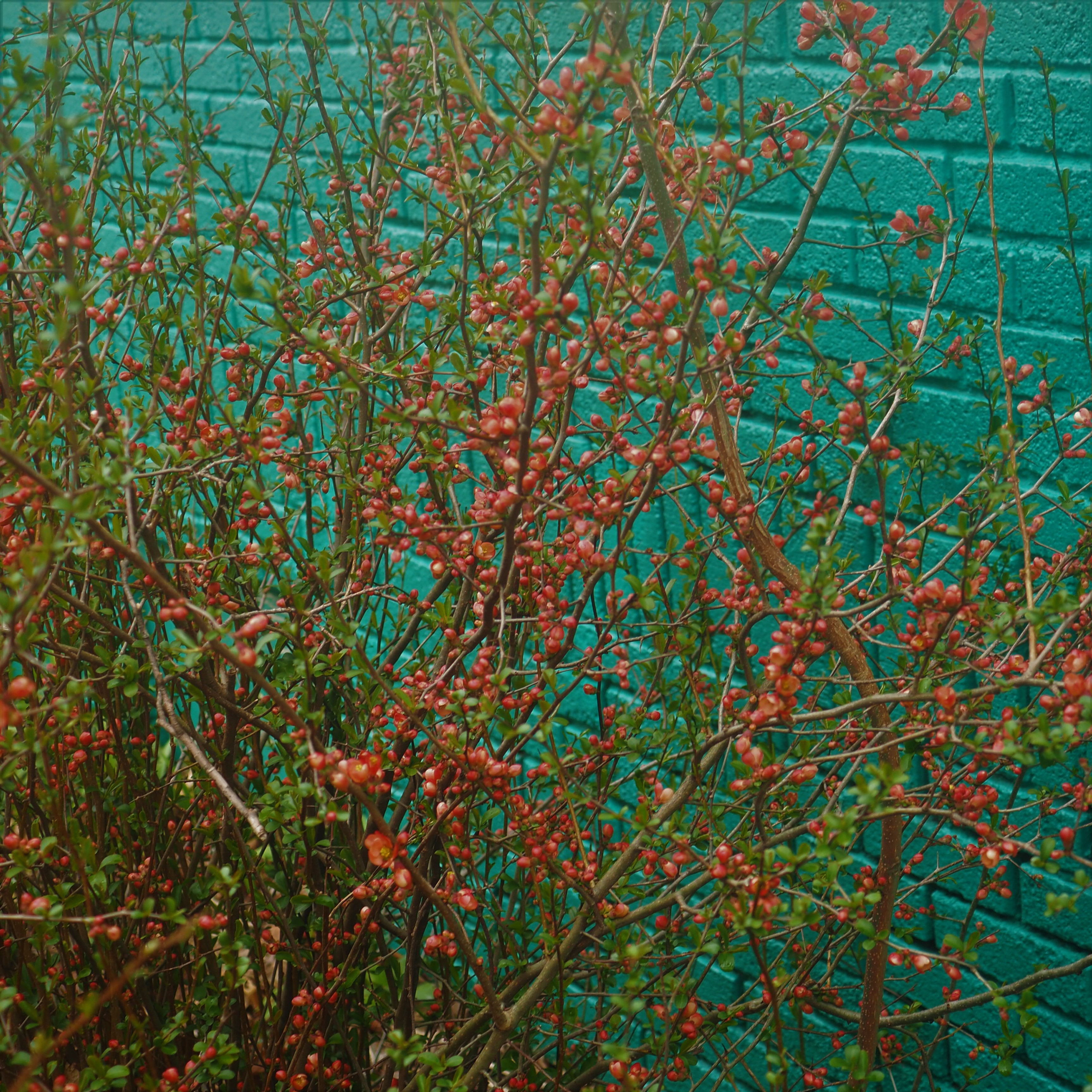
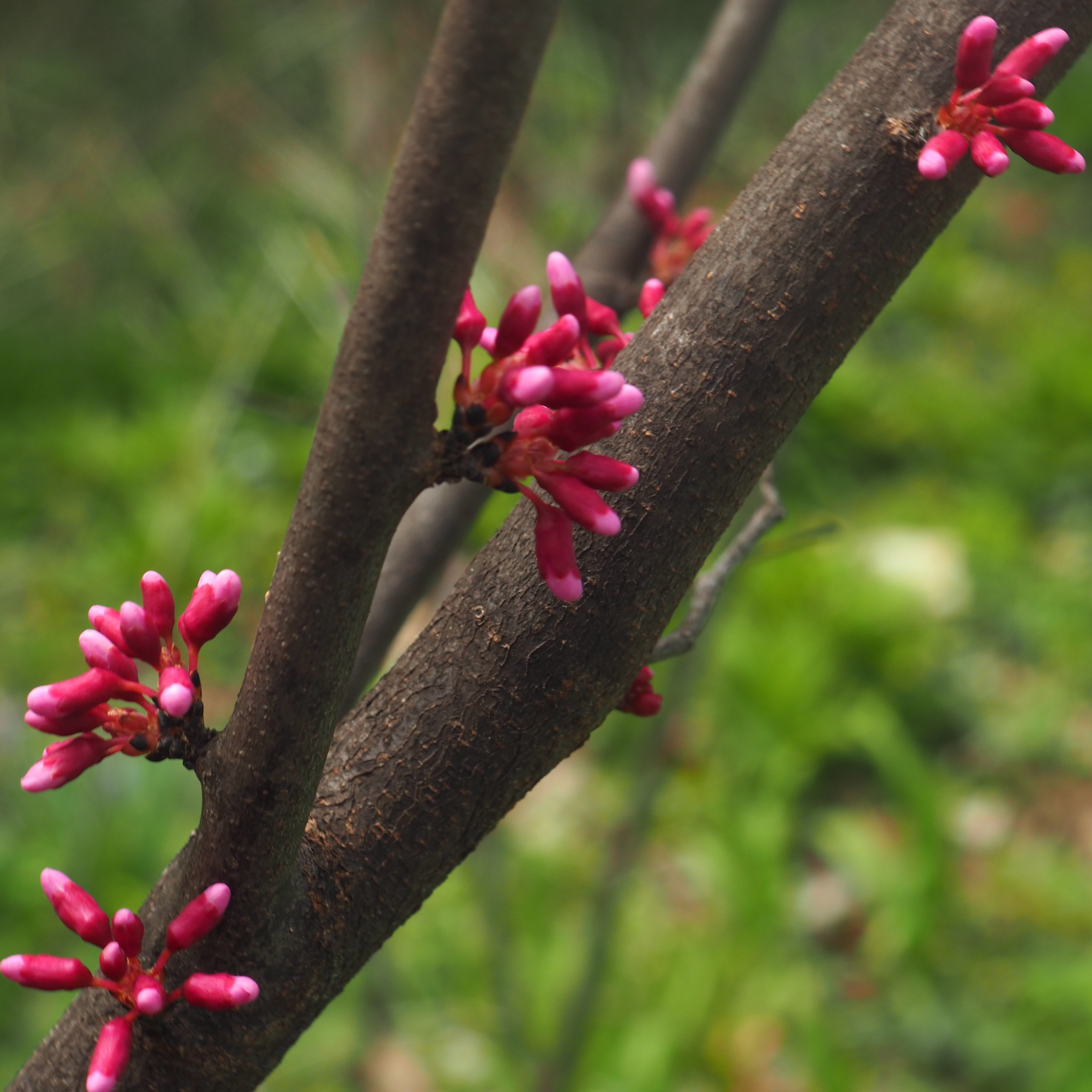

Let's wander over to the Pond to see how the Fishes and Frogs are doing there. The Fishes seem well, and although I haven't seen much of the Frogs this week, I've no doubt that they will be doing fine when the temperature is more even. The water is still not very warm, but warm enough for them to be eating all right. It has quite a lot of algae in it, which makes it green and dark, so I'm not getting extremely beautiful photos yet of the fishes unless they are floating on the top. But they are active with each other. I'm looking forward to the day when I will wake up to see a long line of fishes chasing one fish or two, which will turn out to be the mother fishes. You see, the way sex acts with fishes (at least these goldfish derivatives) is: one of the potential females will wake up and feel like a WOMAN. She will soon find herself the target of a long line of males who line up behind her. There may be more than one female-designate, in which case this new one will get into line with the other female, and all the males will line up behind them. So for a half-hour or so, All the fishes display their sex linearly, and once in a while you'll see a male and a female sort of bounce with each other, the female lays a batch of eggs, and then the race continue. Till finally someone gets tired of all this displaying their gender. Apparently if the last female died before the big squaring off line, someone will step up to her plate and "become" a girl. It's quite worth watching. In this little Gif image, The female is the large multicolored fish. She's named "Chica" after her ancestor "Chico", who had a big red blob on his cheek, and hence was named "Cheeky", then "Chico". Remember, this scene is only a flash-forward - none of that gene-bouncing has started yet for this year!
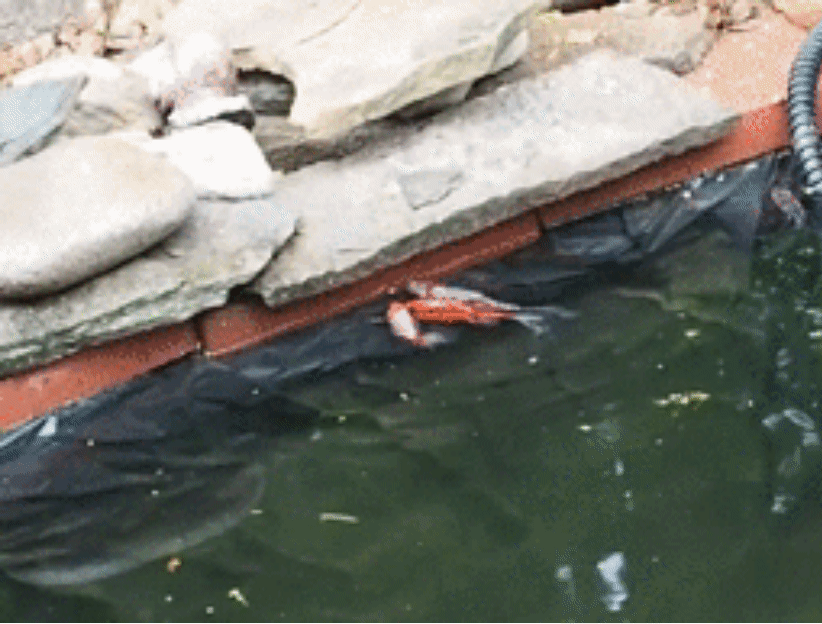
Every few days we can spot one of the three Frogs that we know are out there. Usually we are warned of its presence by the sound of something substantial hitting the water as we walk by. Look at the eyes on these three Frogs. More to the point, look at the large tympanic membrane just behind the eye. If the frog is a female, that eardrum won't get any bigger. But if he is a male, the eardrum will proceed to grow and eventually its diameter will expand to be larger than the eye. If you happen to be walking around the pond, one of these big-eared frogs may suddenly "croak" at you. It frequently may be sitting quietly thinking of finer things in life, and it may hear a male human talking, and then the frog may say "What's up, bro?" If you or the male human replies in English, then that frog and that human are buds. If you are a female human, the frog may still talk to you, possibly about those stones that are loose and about to fall into the Pond. They just seem to key in on a male human voice sooner. What a treat to hear interspecies communication.
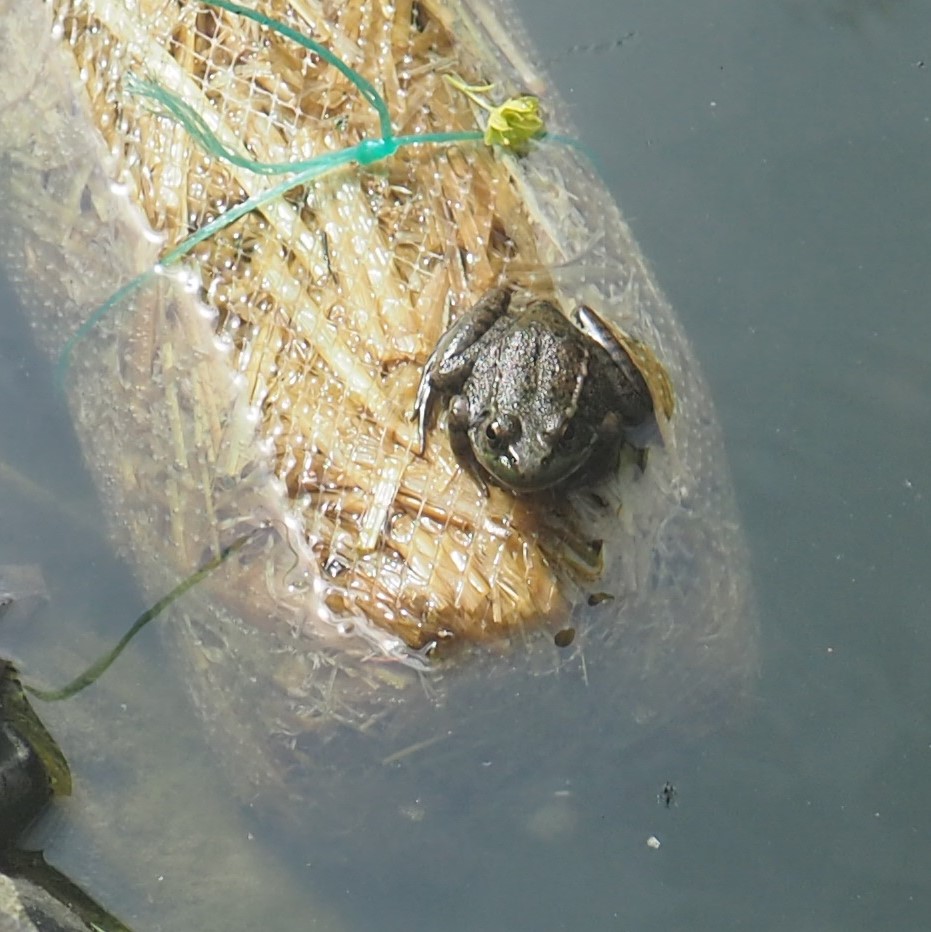
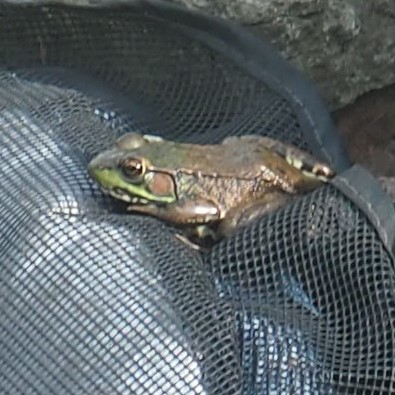
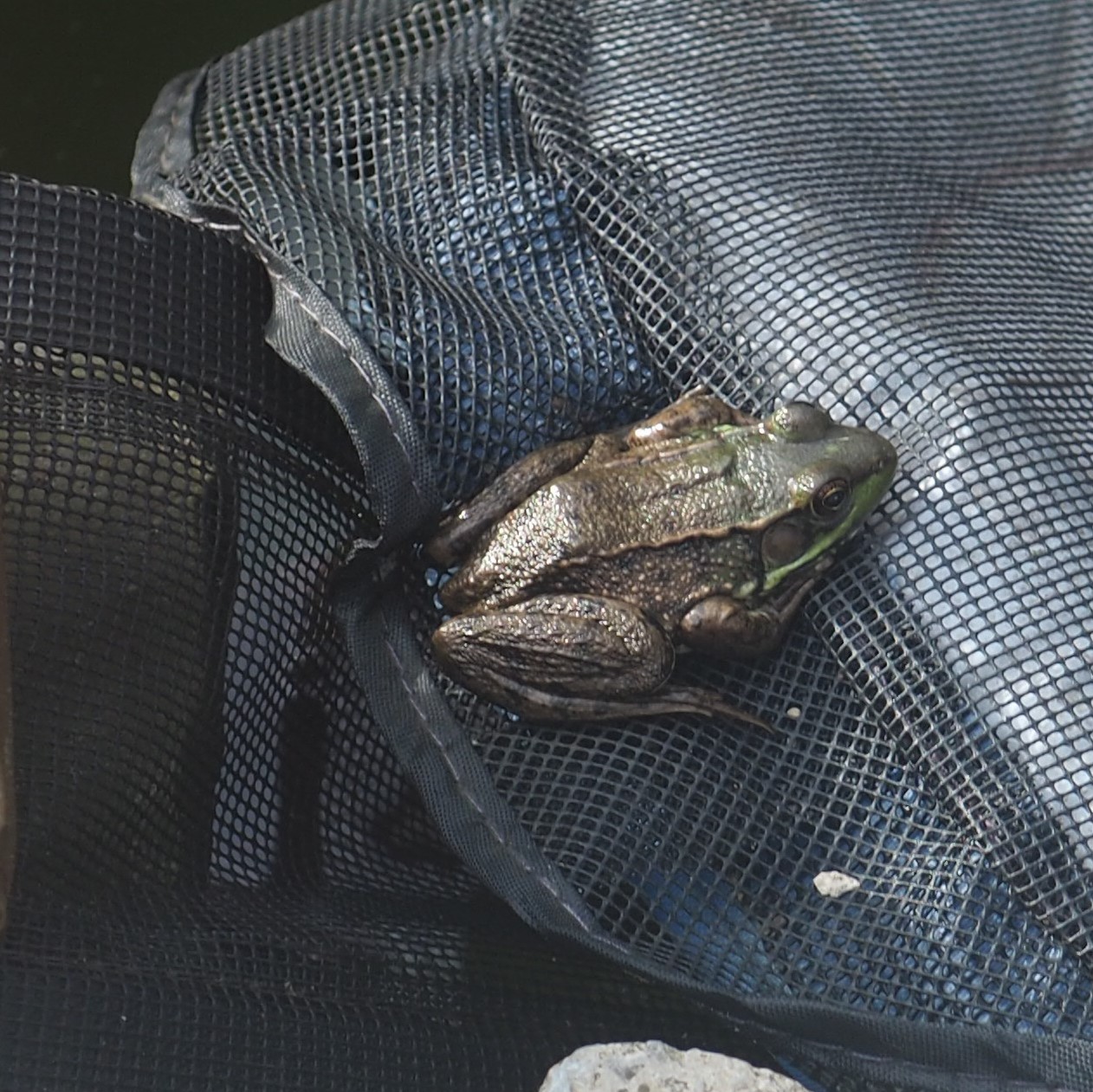
As for Spiders, we didn't see many different types.. A Cobweb Spider here, a Common House there. Hard to distinguish? Well, the Common House Spider IS a Cobweb Spider!
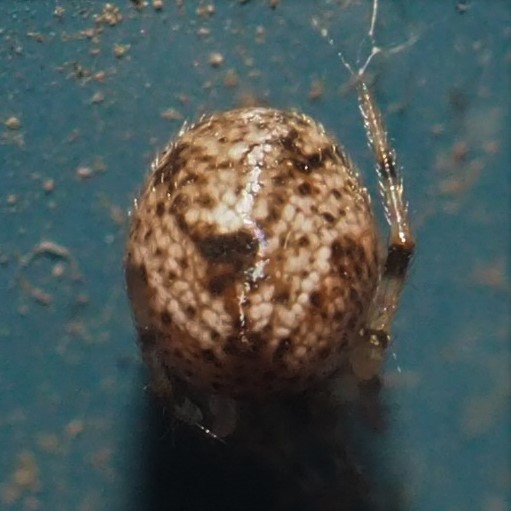
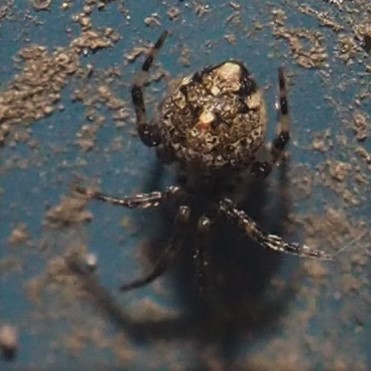
I didn't spot any Spider-hunting Wasps either. Or those little worm-like predators. What a pleasant end to this Blog for May 1, 2022! What I did see was a healthy-looking Spooky, once more allowed to traipse around outdoors. Here she is traipsing around the pond to her favorite watering hole, taking a good healthy drink, and finally, after as much time as she wanted outdoors, she is ready to come in the back door, and have her supper (normally Friskies Seafood Treats)!
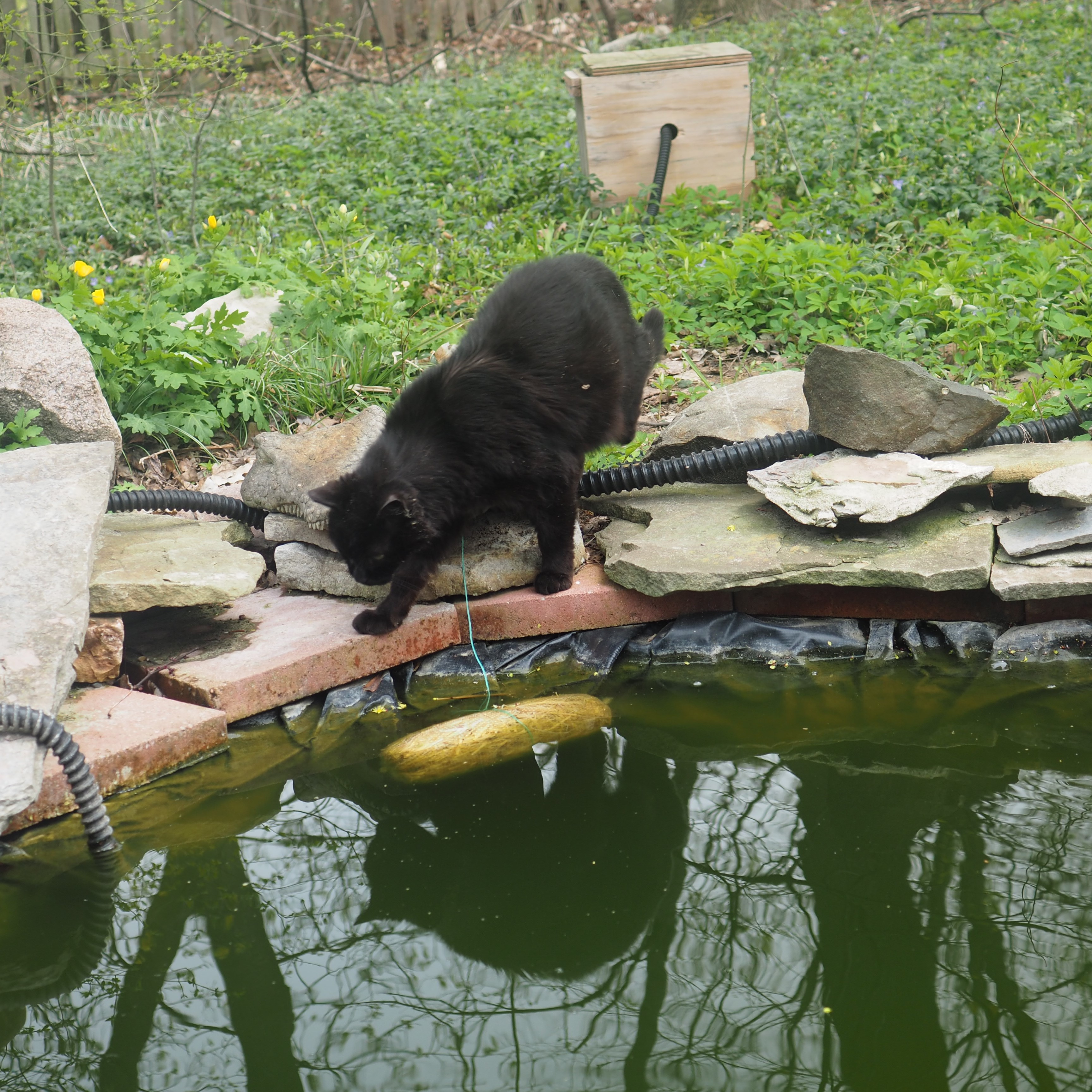
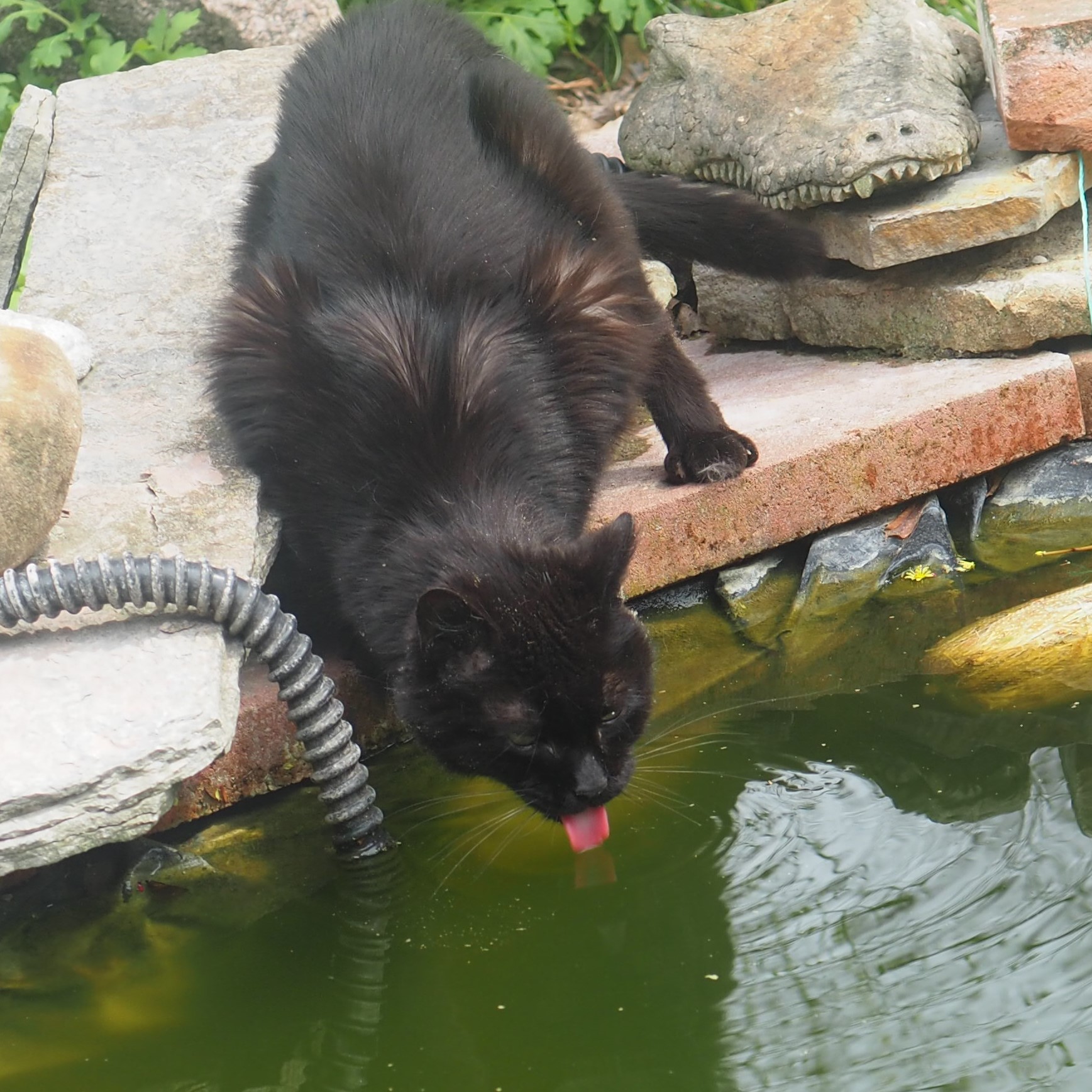
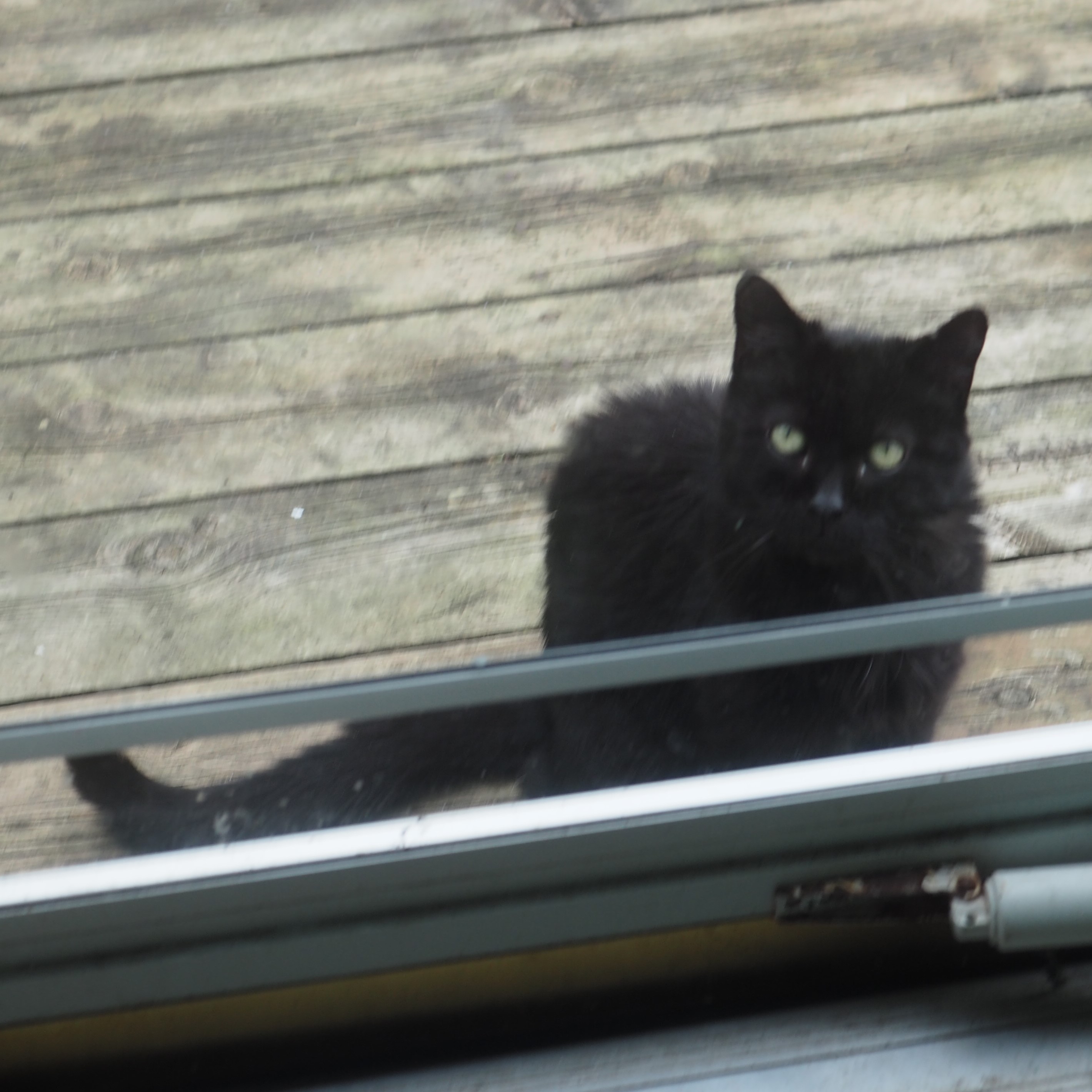
So I'll leave you sitting in MY CHAIR (careful, don't get too comfy in that Chair. It isn't really all that comfy. I've got it piled with several deck chair covers, and some pillows from the house. So I can get most relaxed there, spending the rest of the day humming a relaxed little tune and dropping off so that I can barely make it back up those stairs to my bedroom. So if someone asks you what you are doing, just say "Just waiting for the Algae to clear up". Looking to the east across a field of yellow followed by a field of blue (Vinca minor). (That little wooden box holds the filter that runs the water through activated charcoal and then back to the pond.) Hummin' a little tune and looking west through the gate showing the red Japonica and the blue Grape Hyacinths.
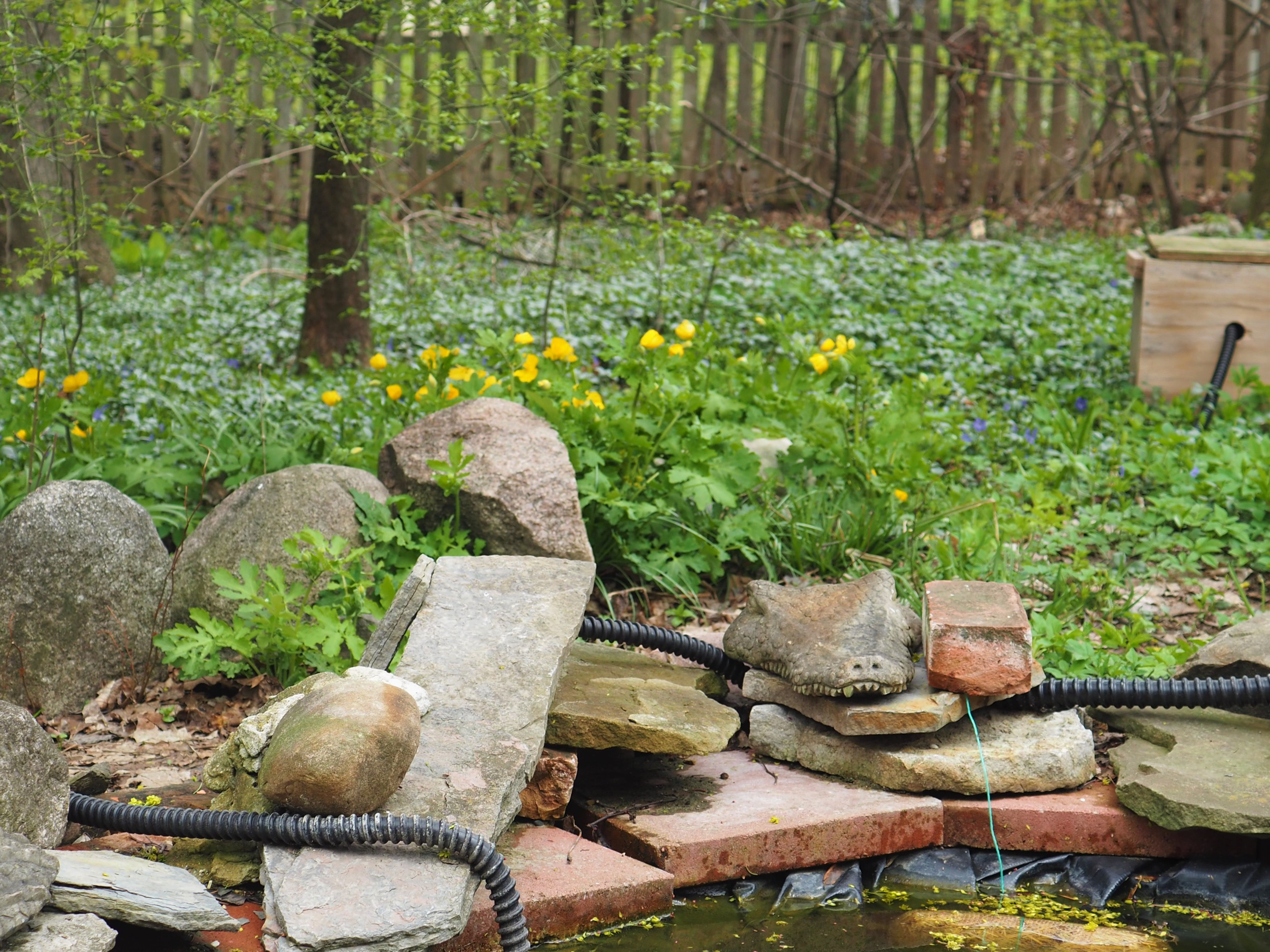
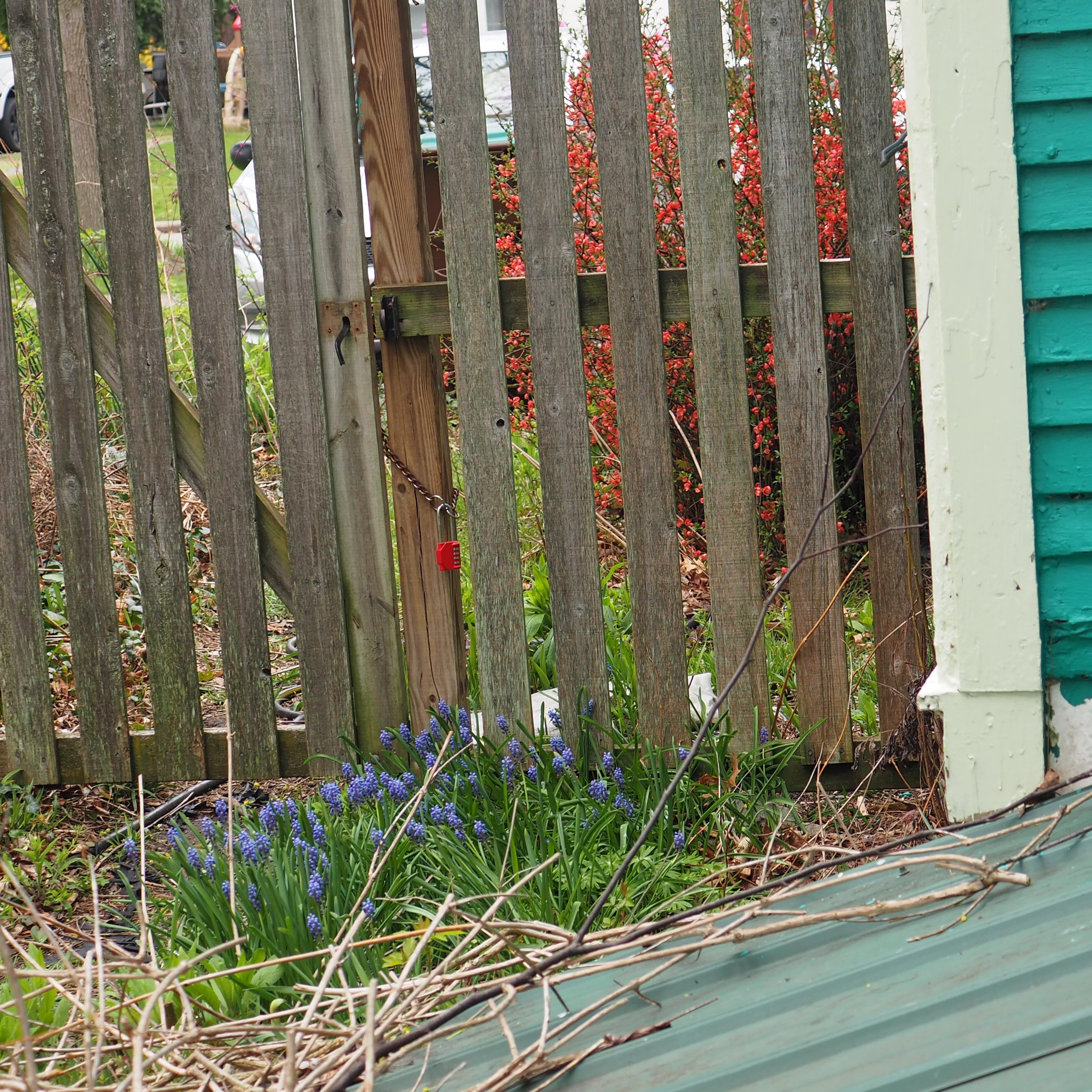
So now you know all you really need is Love (humpty dumpty dumm). And that's all Nature has for us.
(humpty dumpty dumm) LOVE, Martha
Back to April 24, 2022
Forward to May 8, 2022
Back to main menu
copyright Martha O'Kennon 2022


























 <
<






























